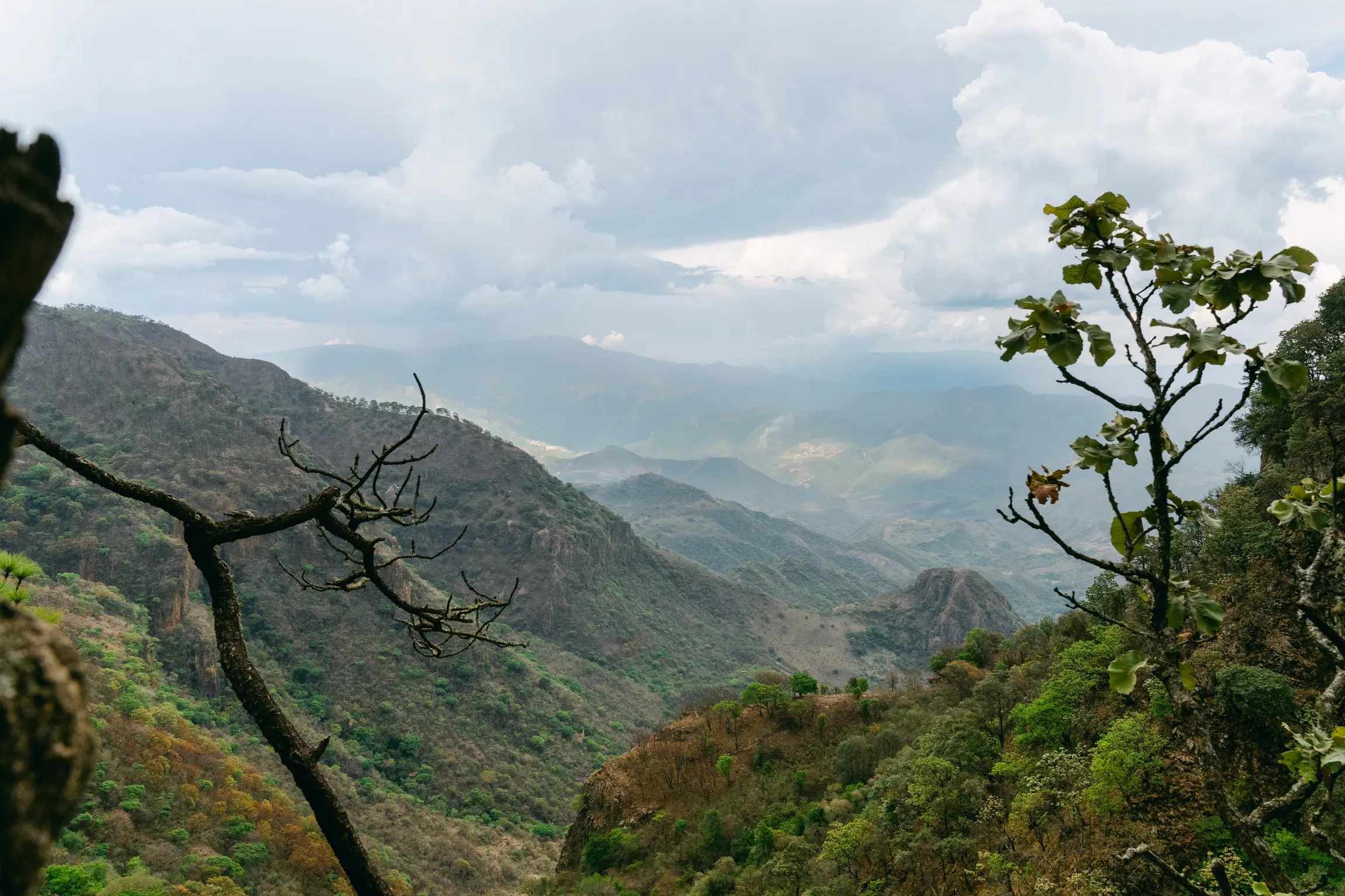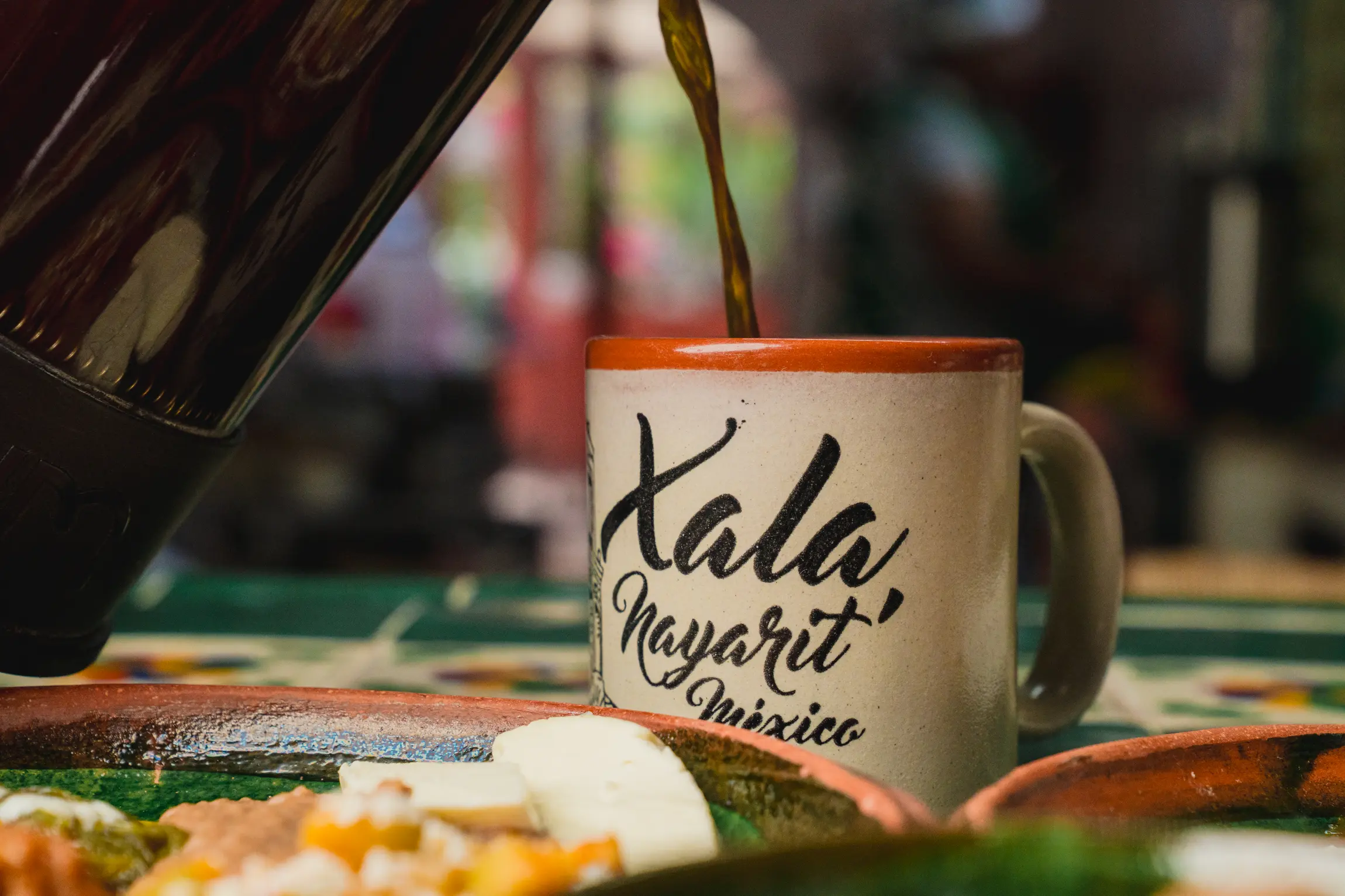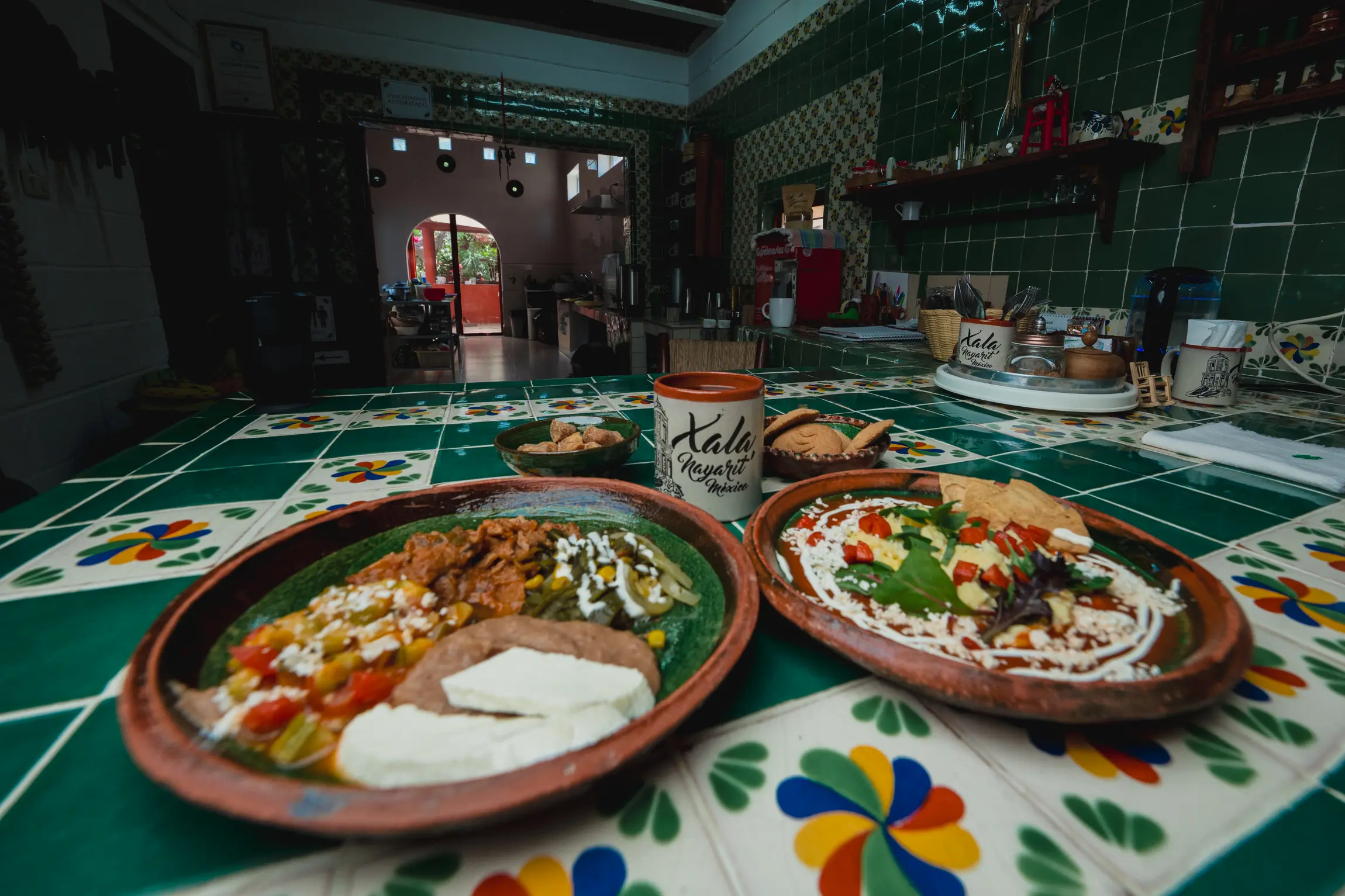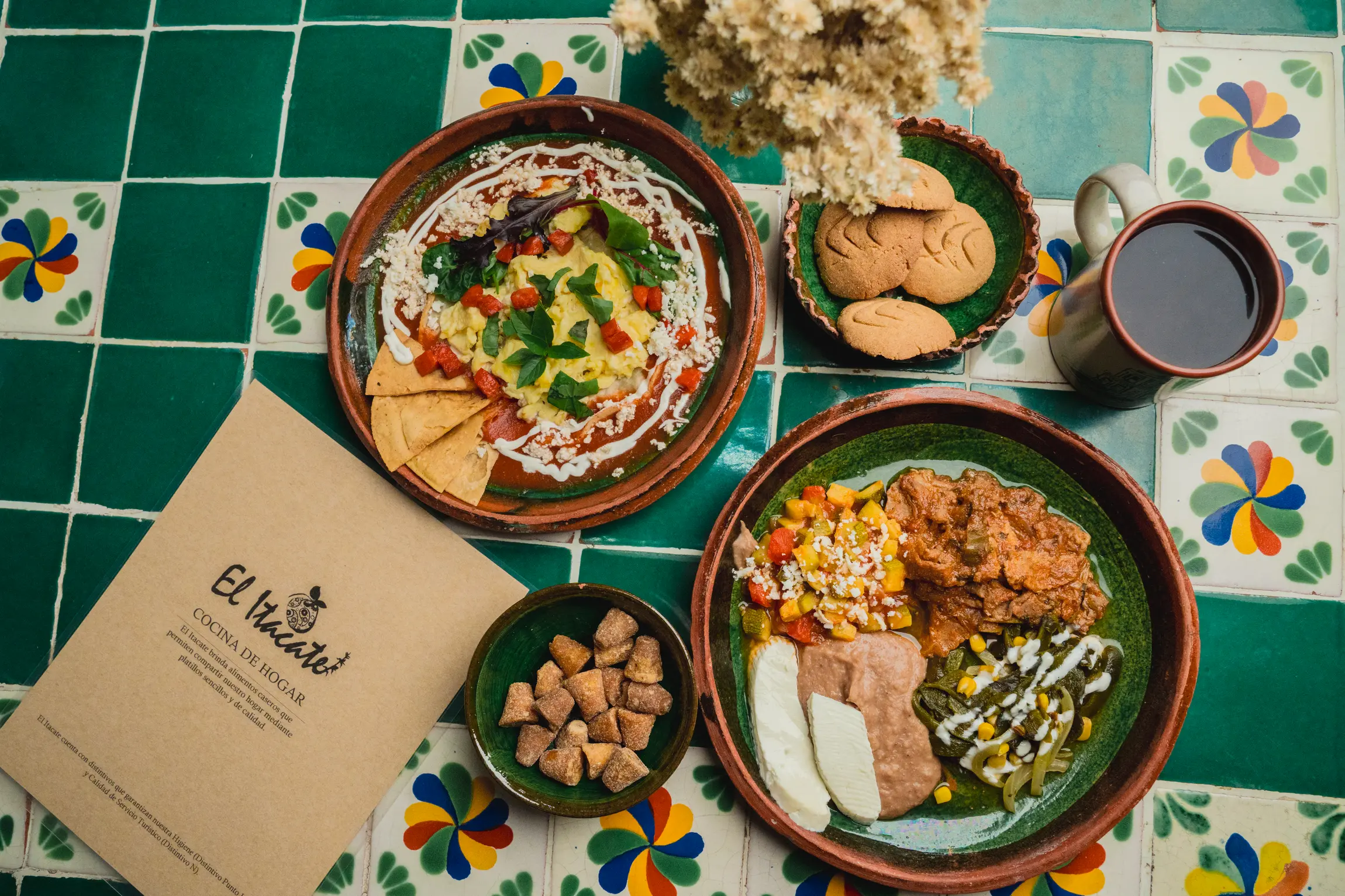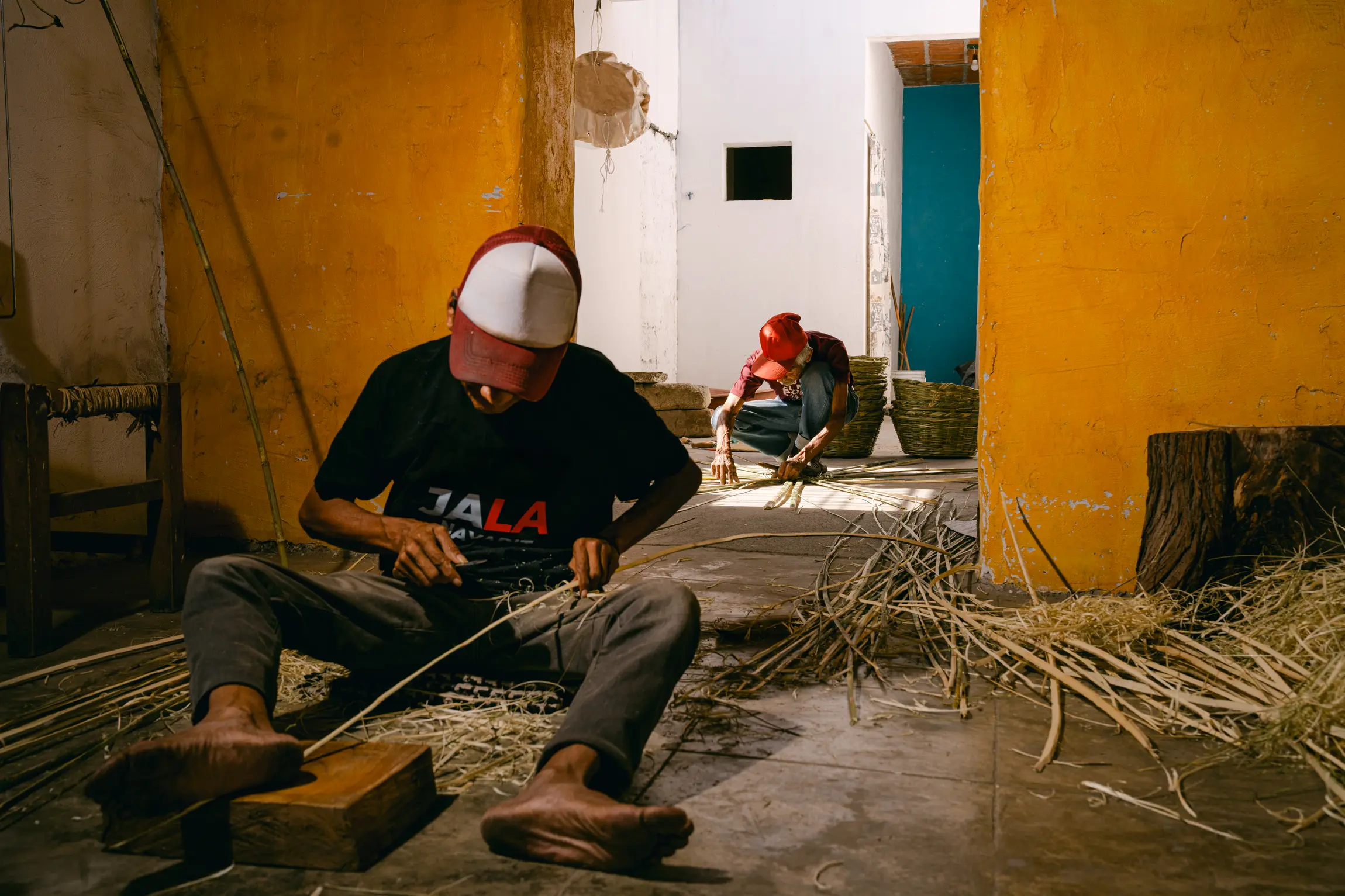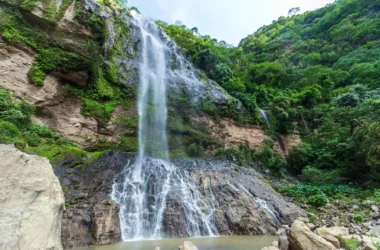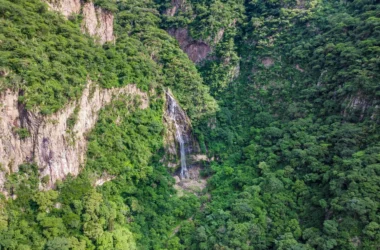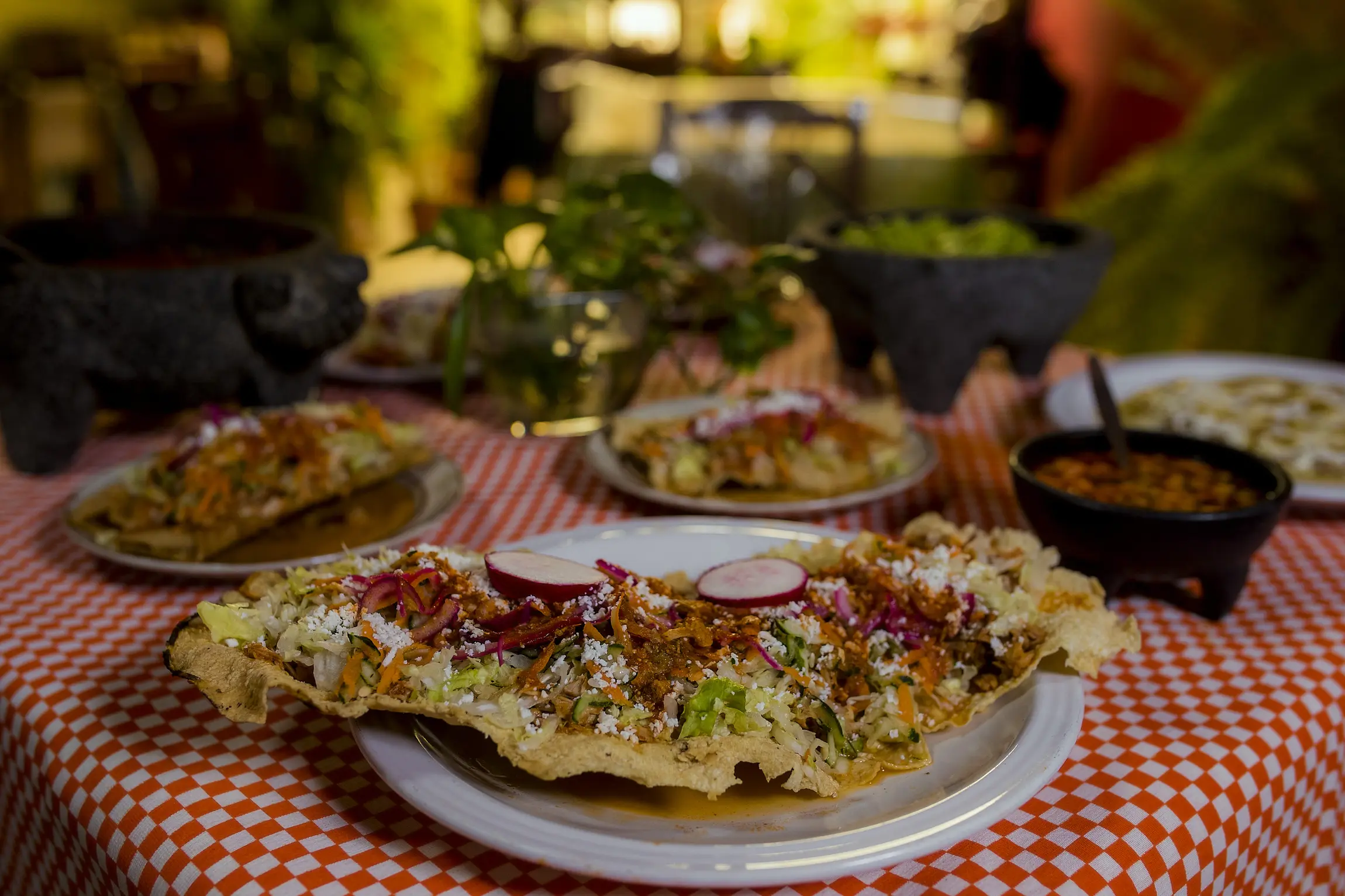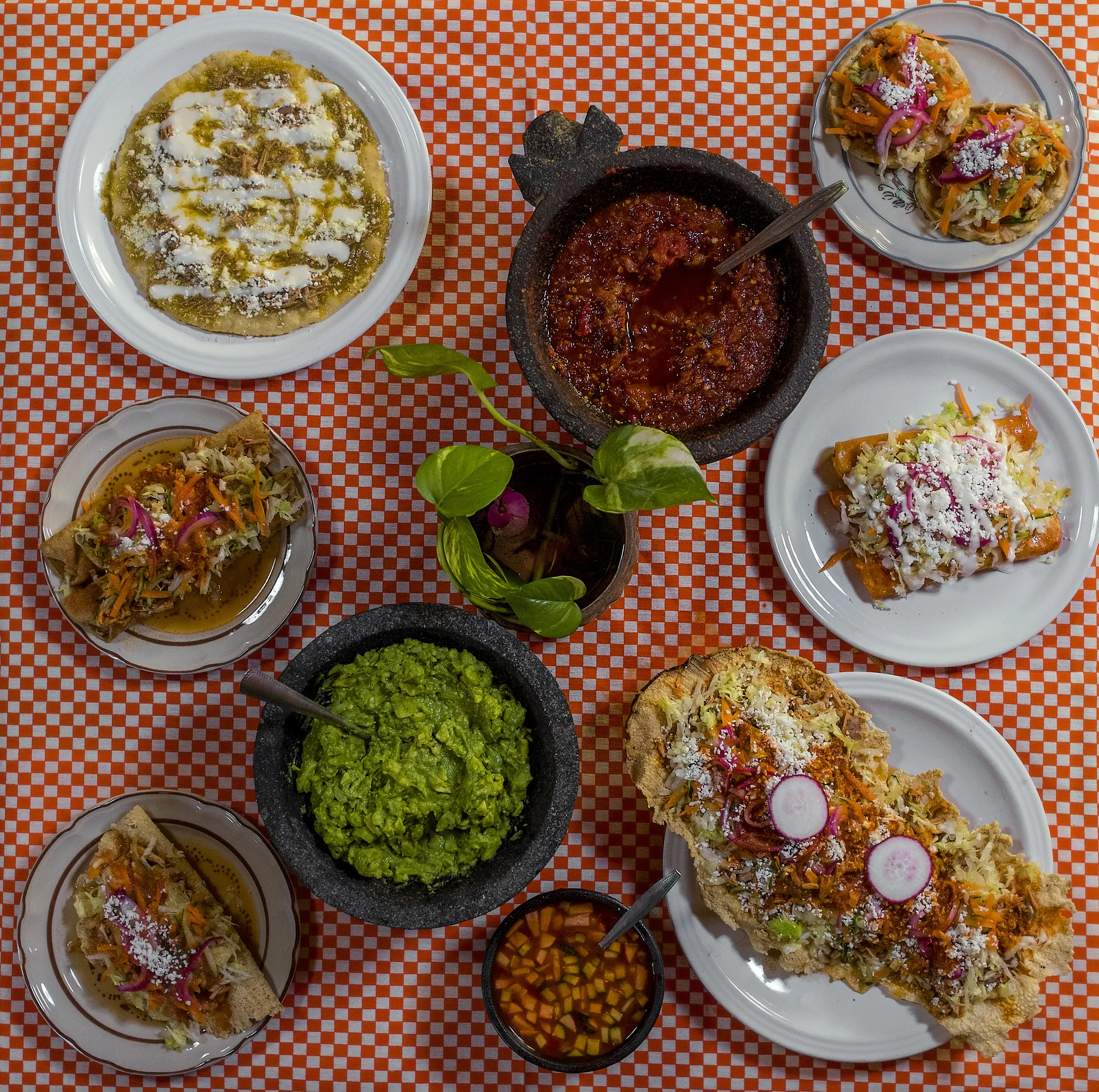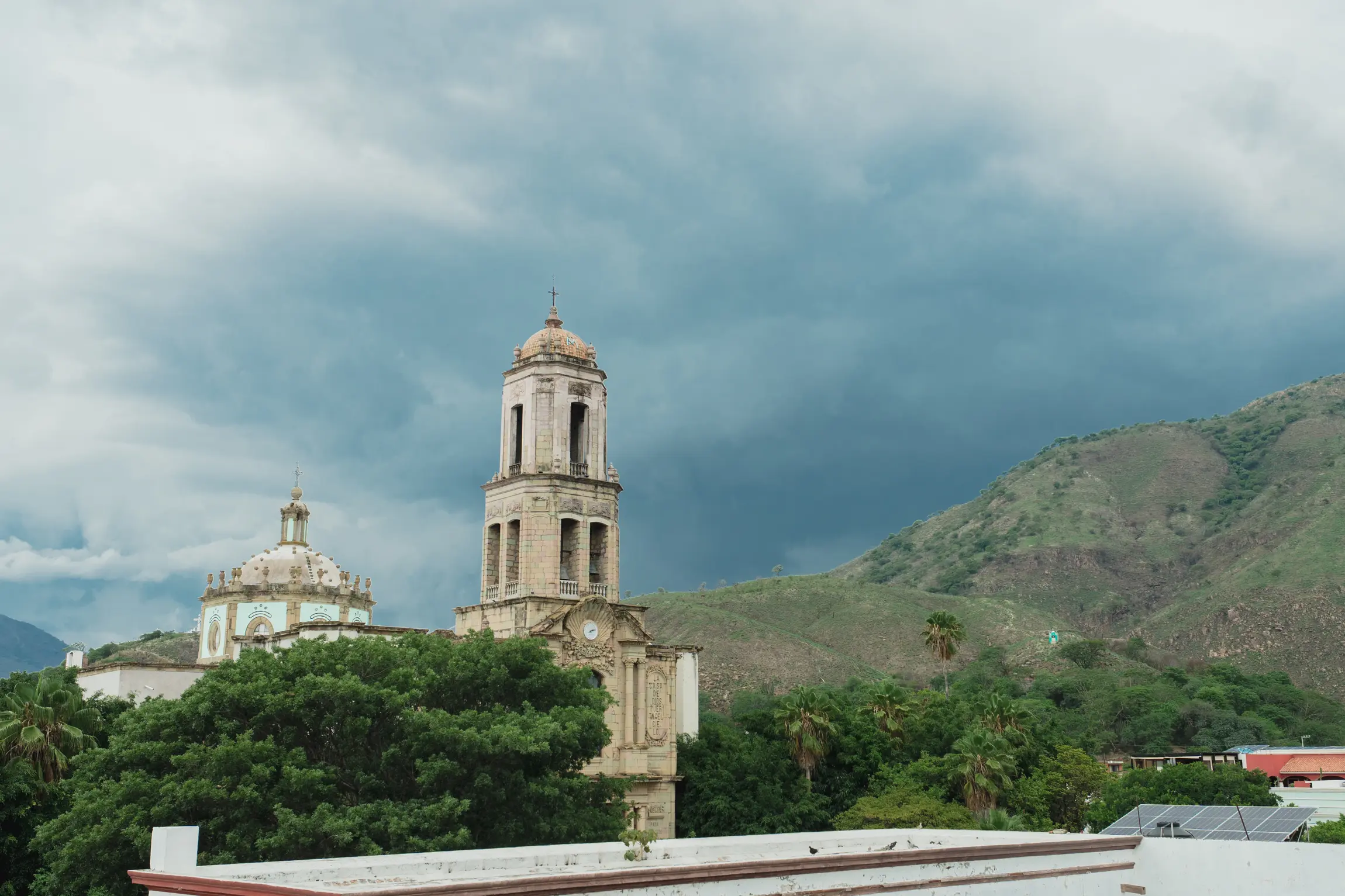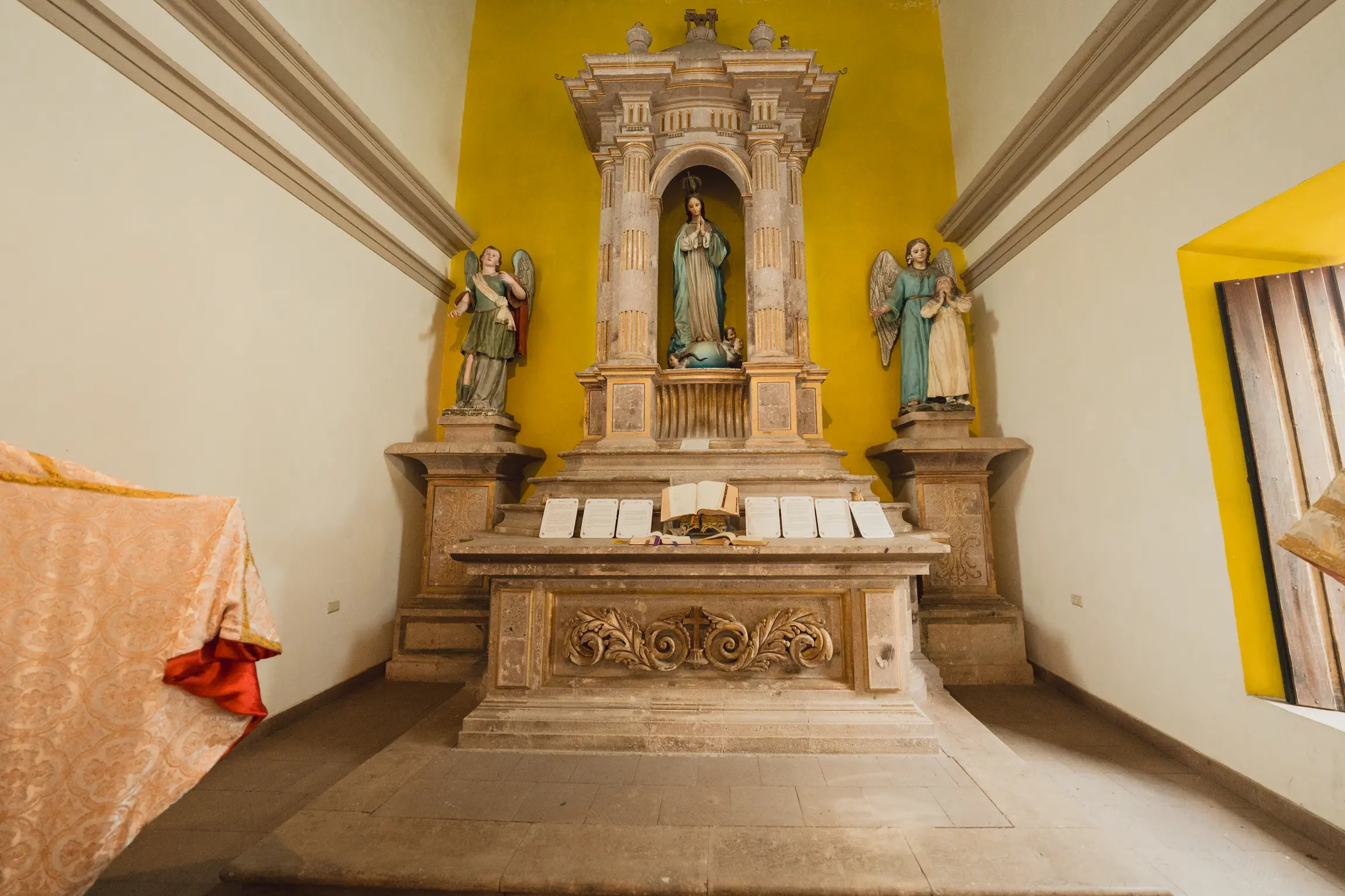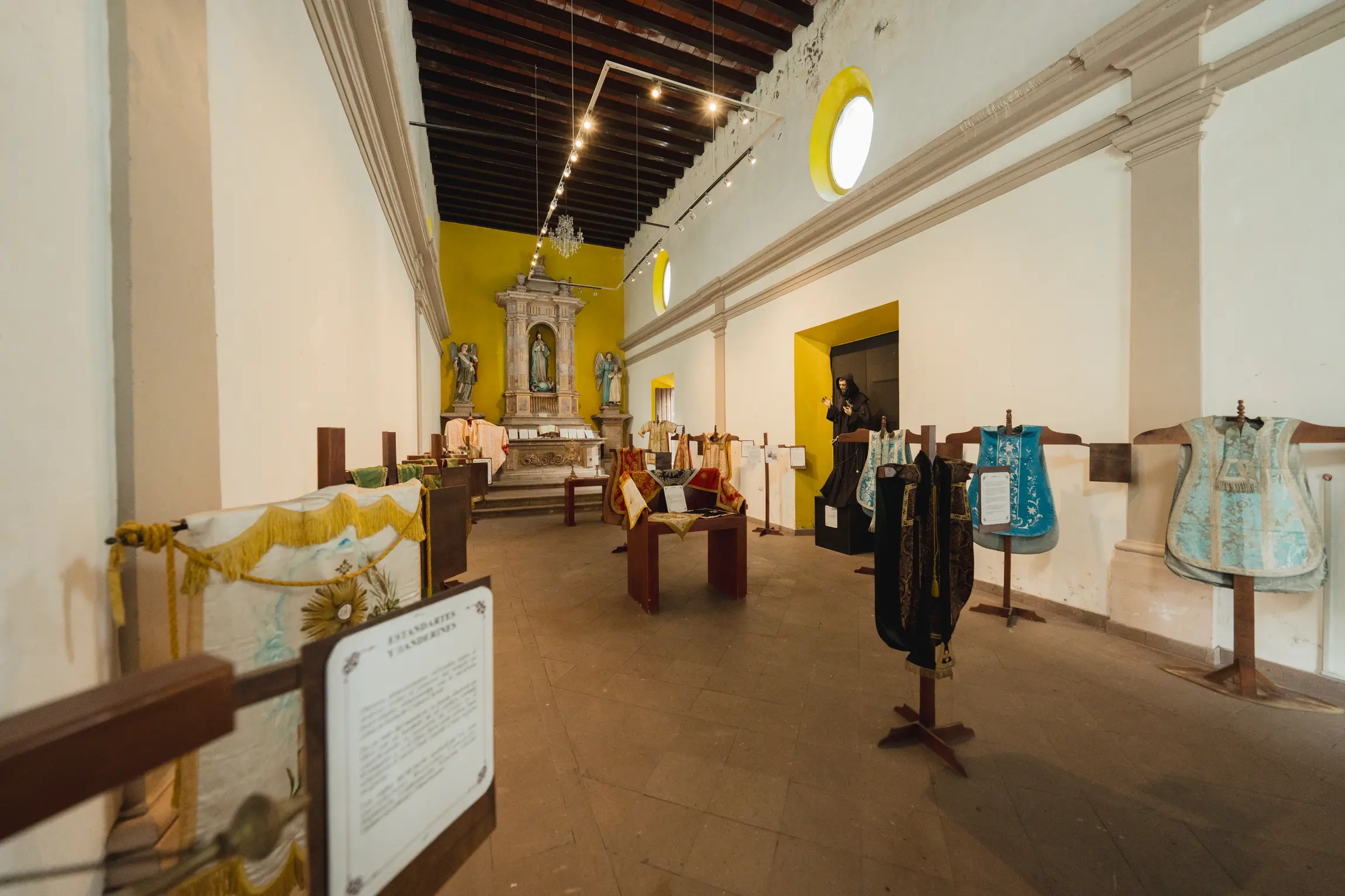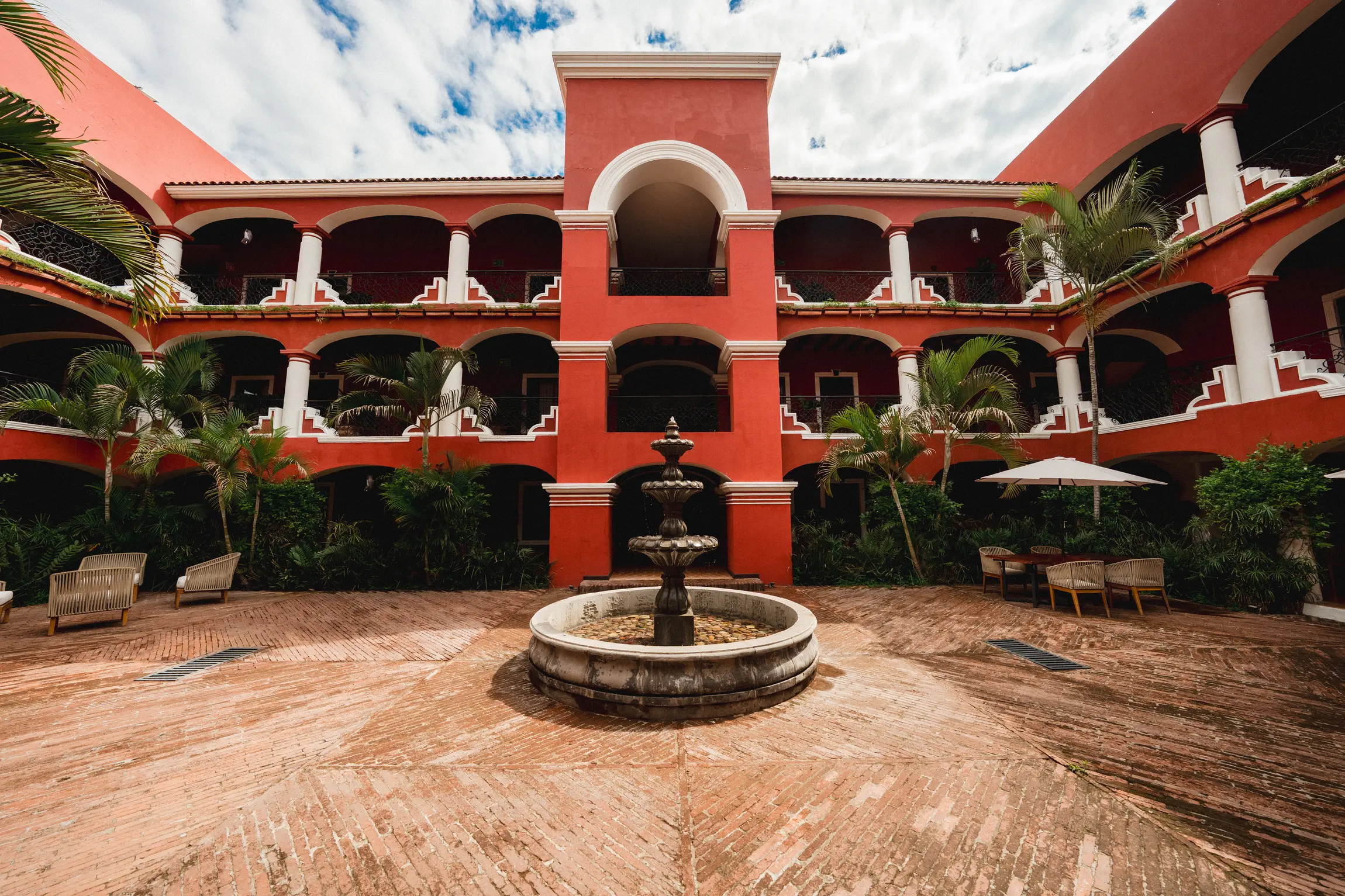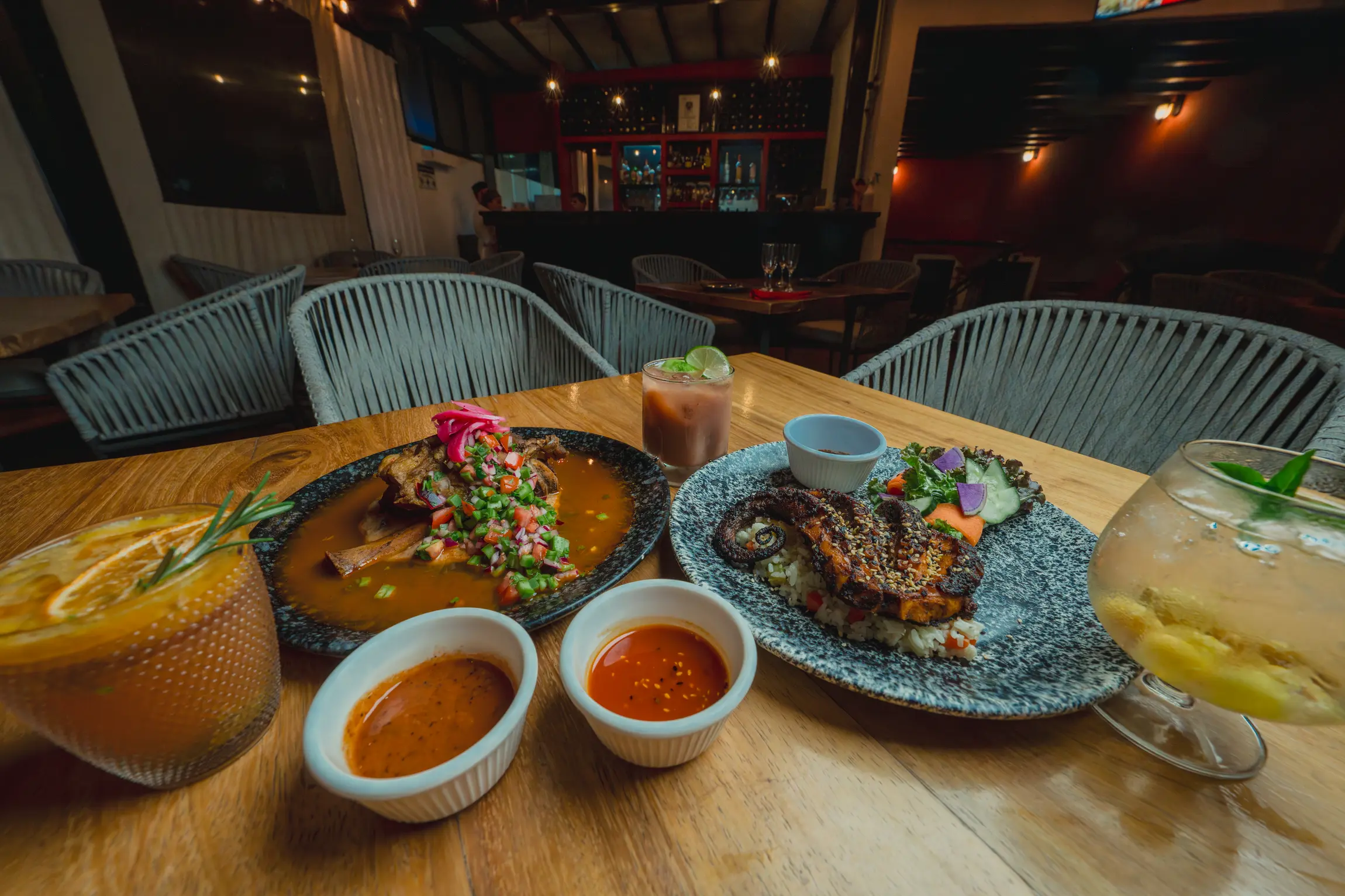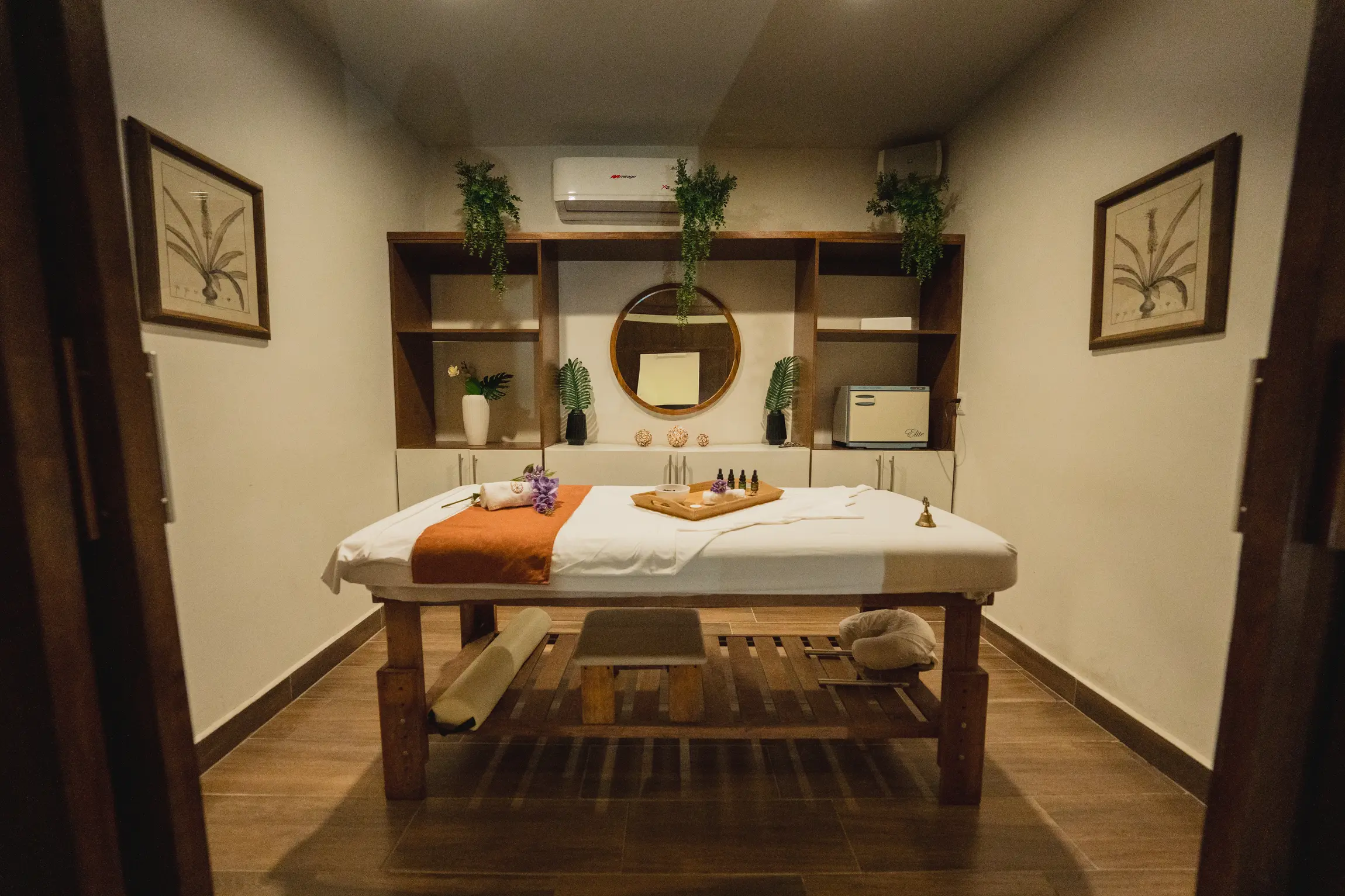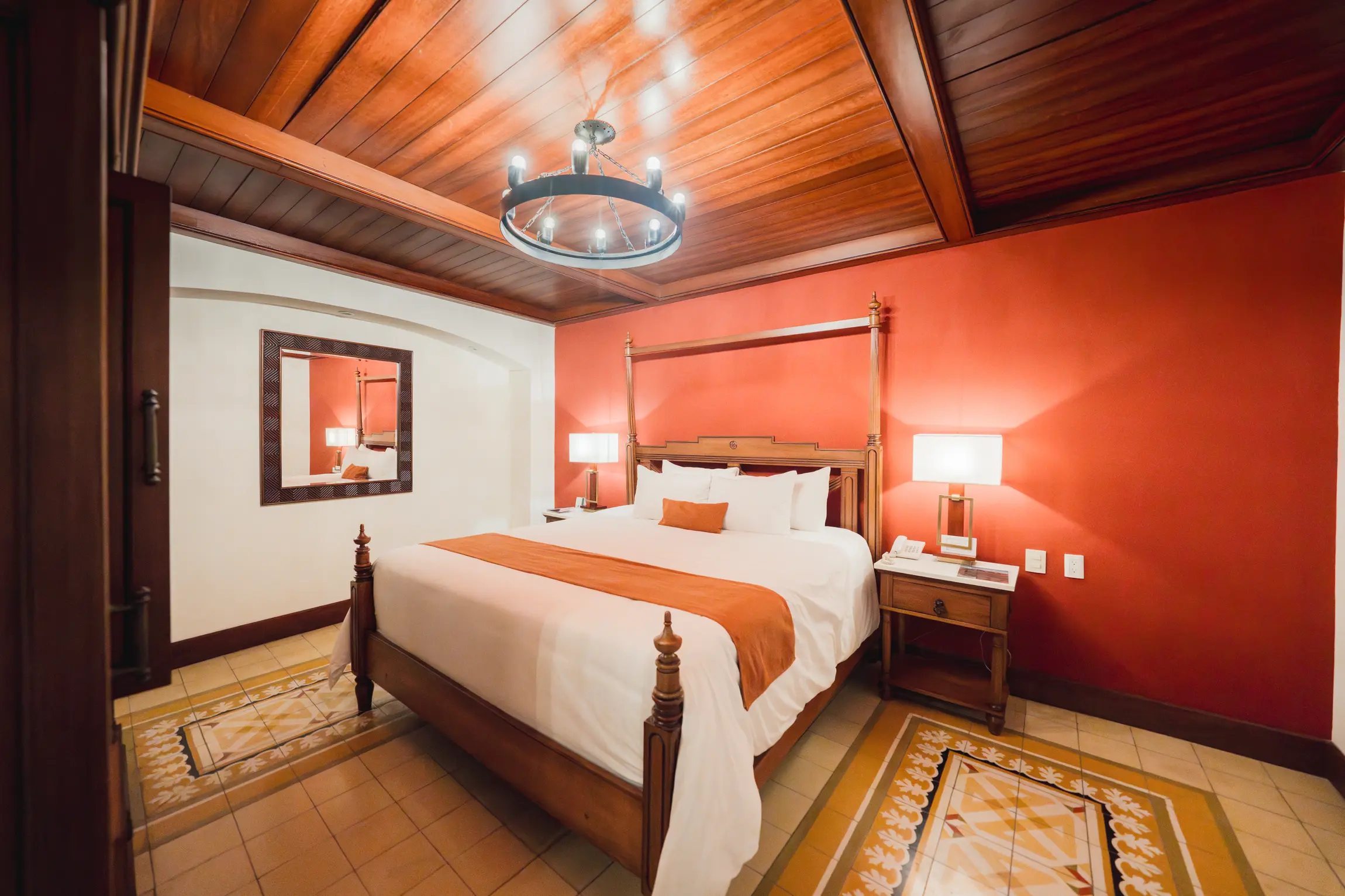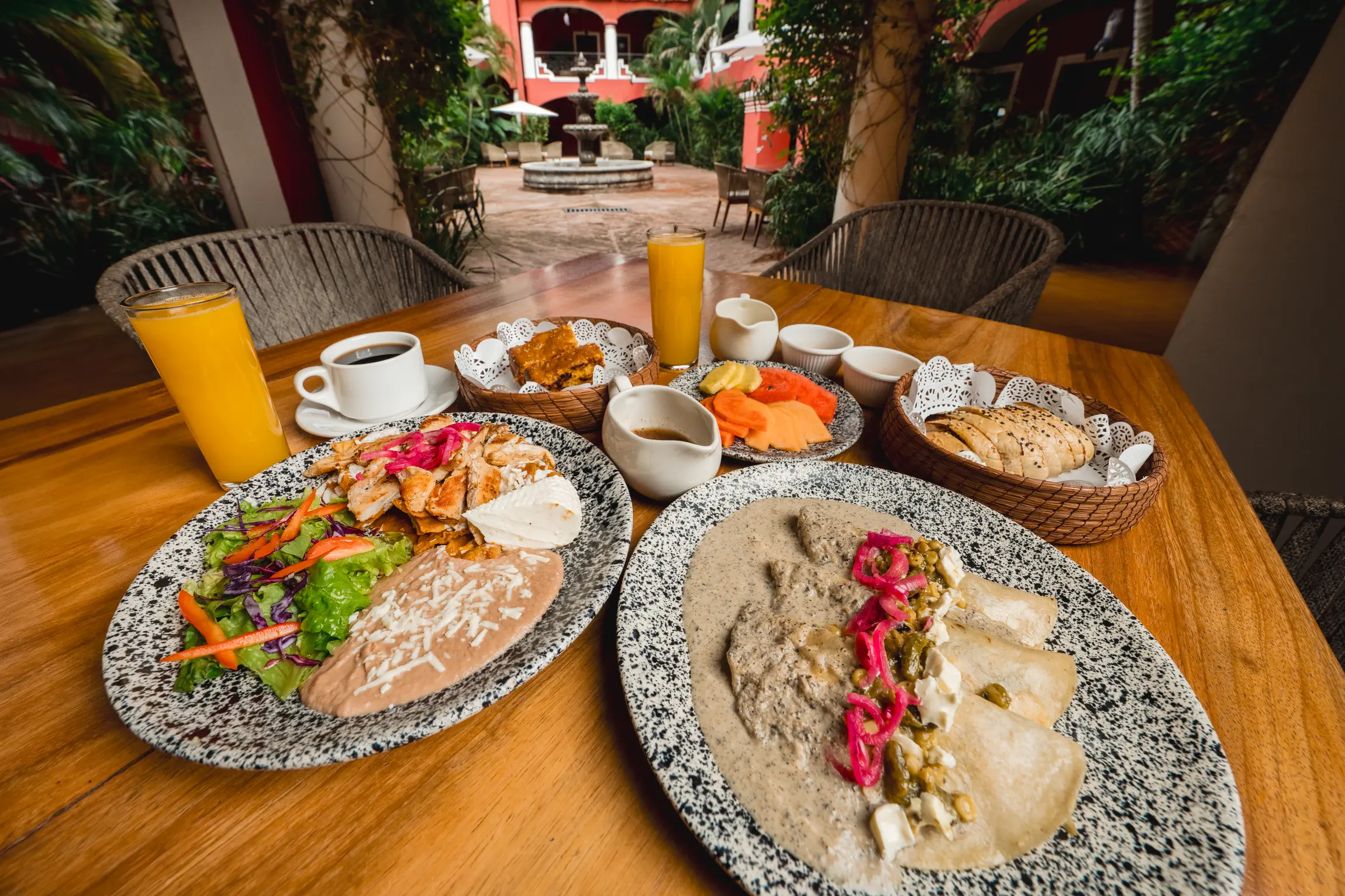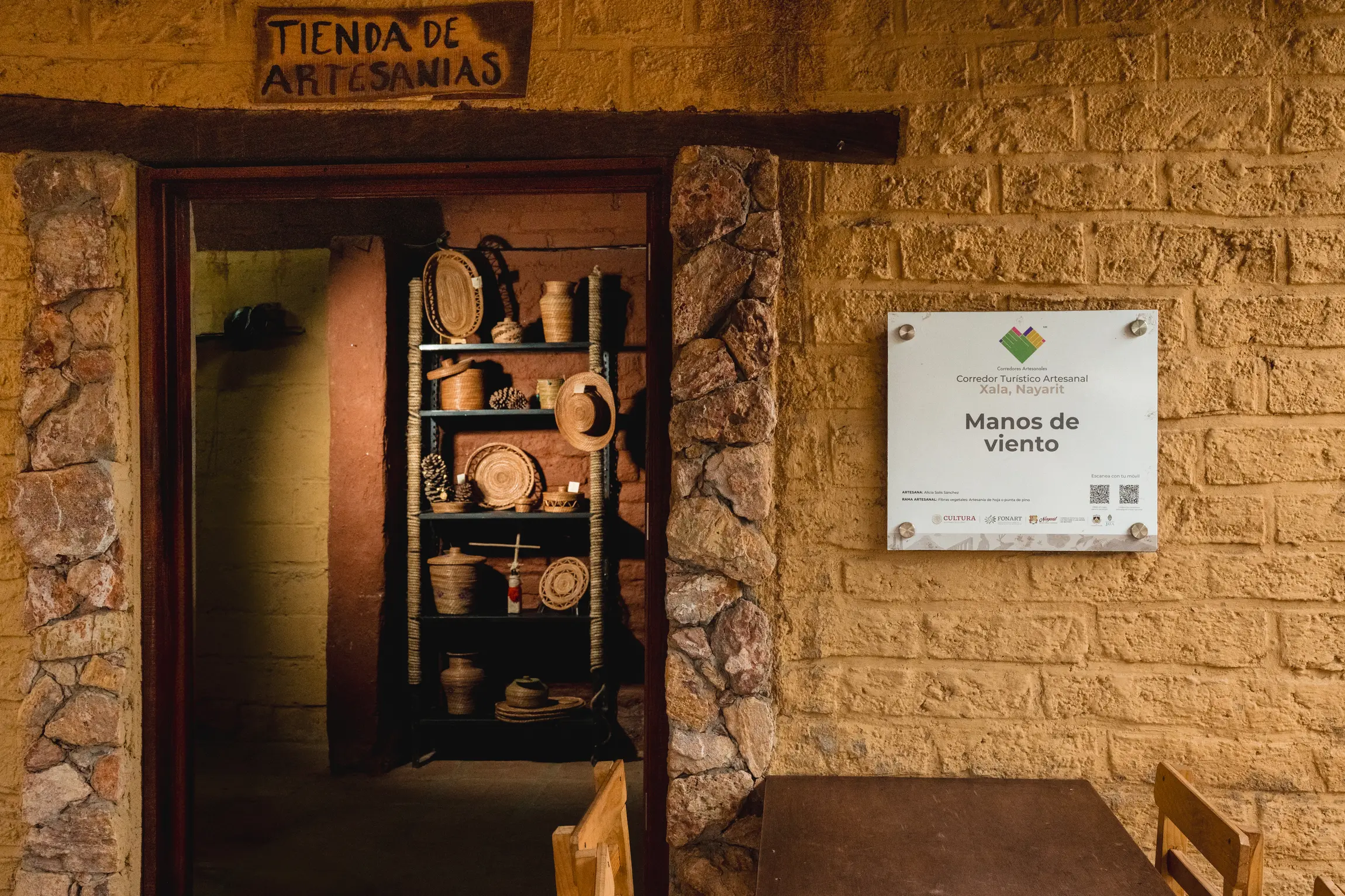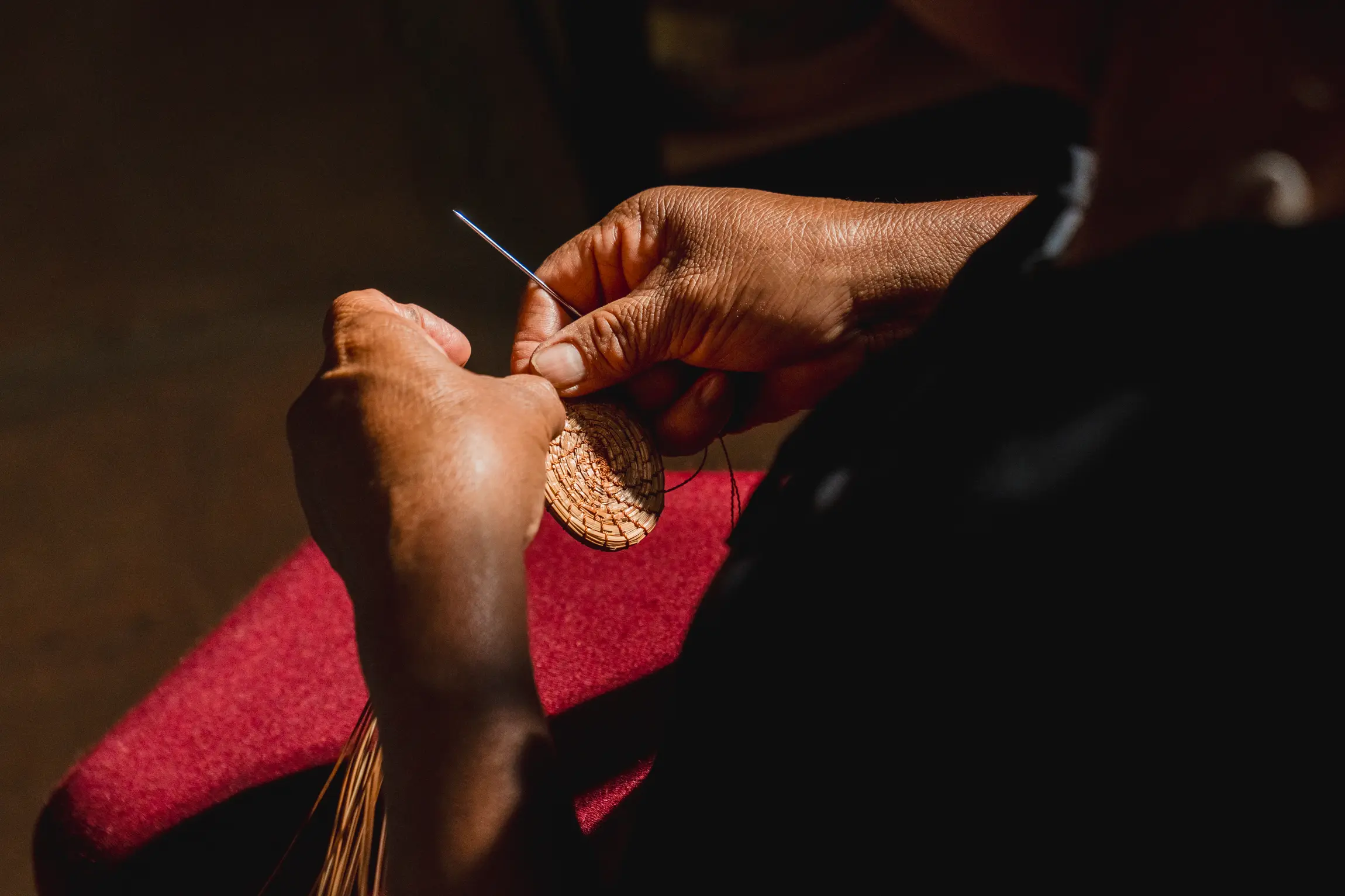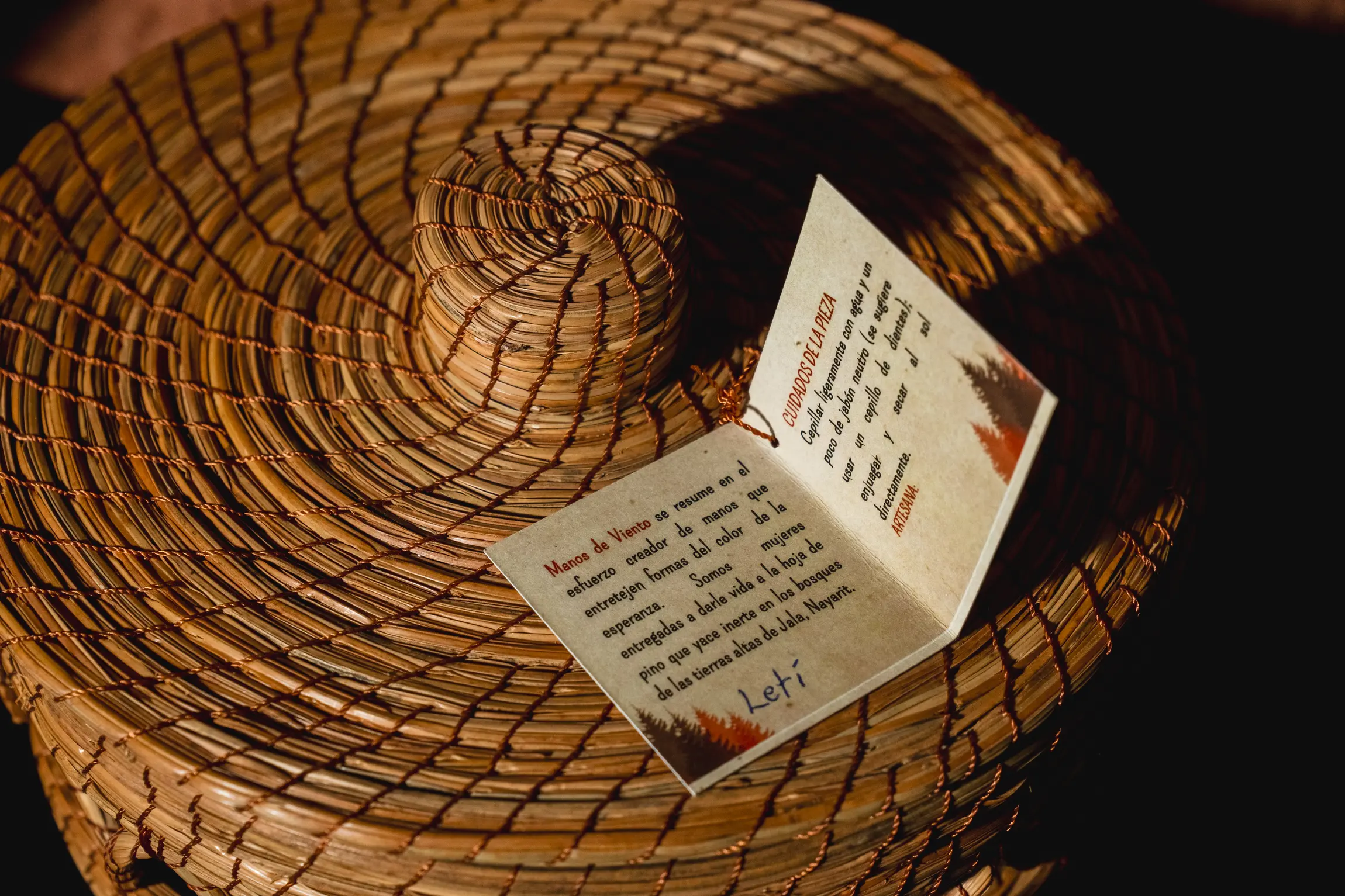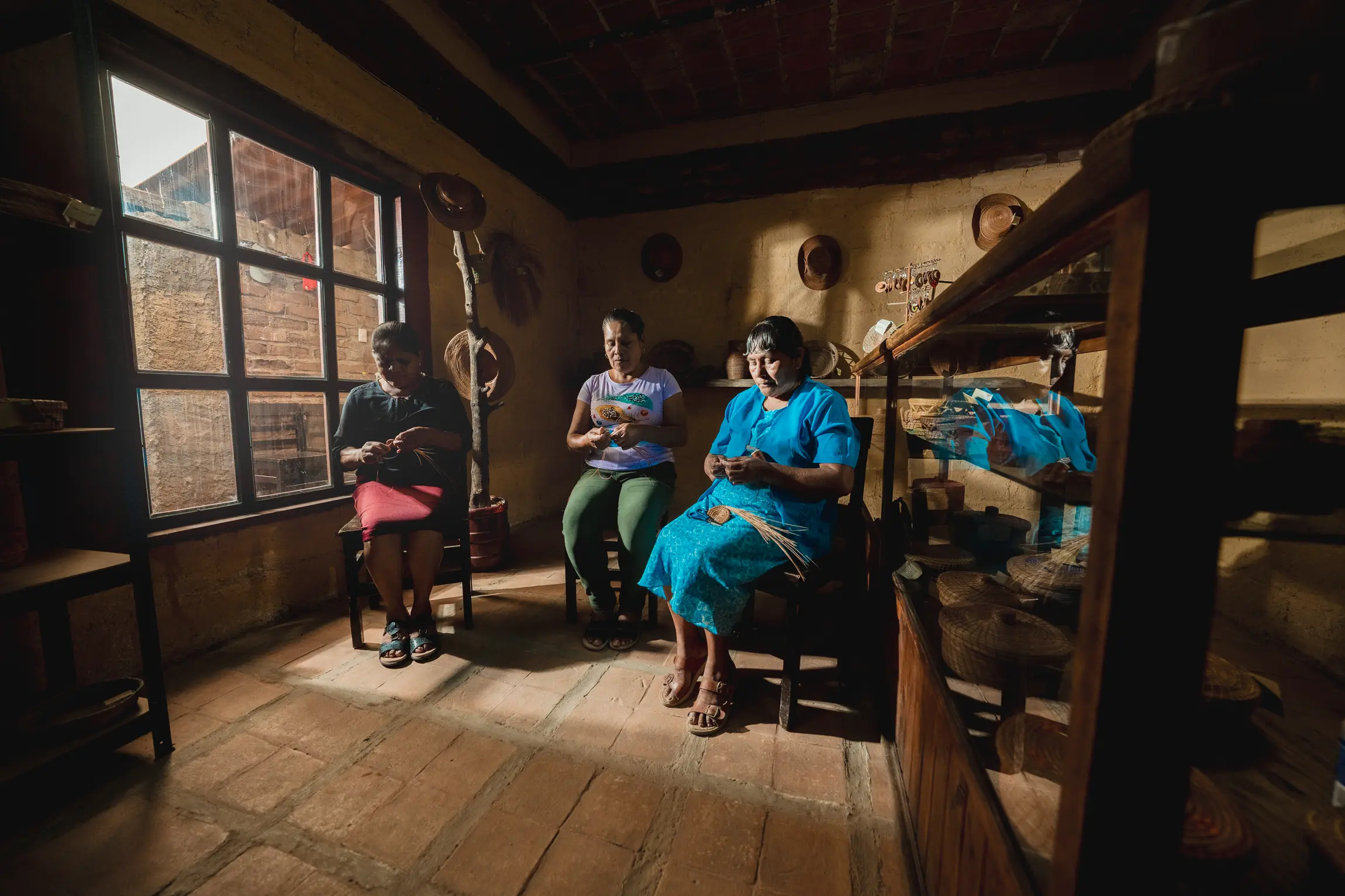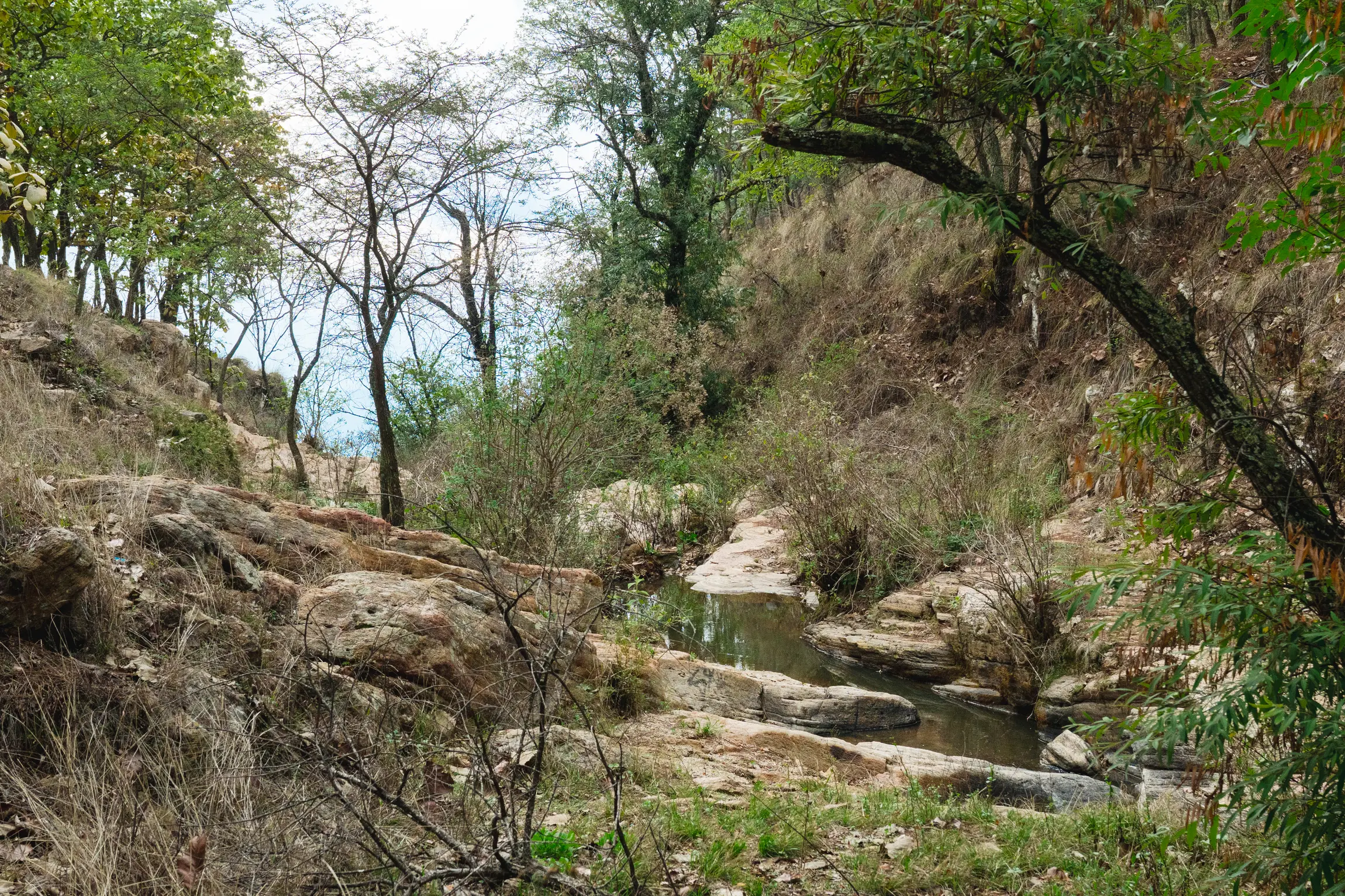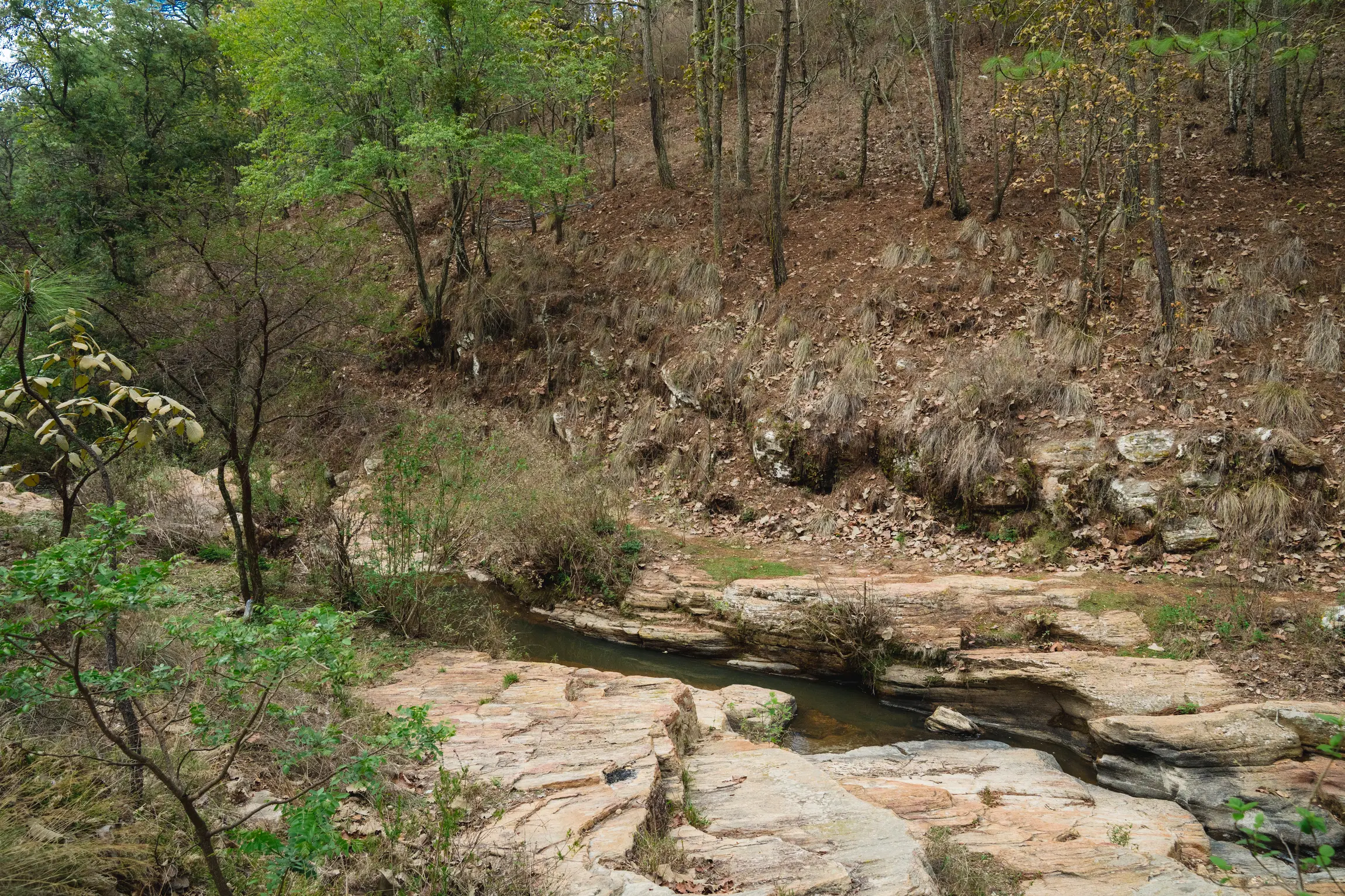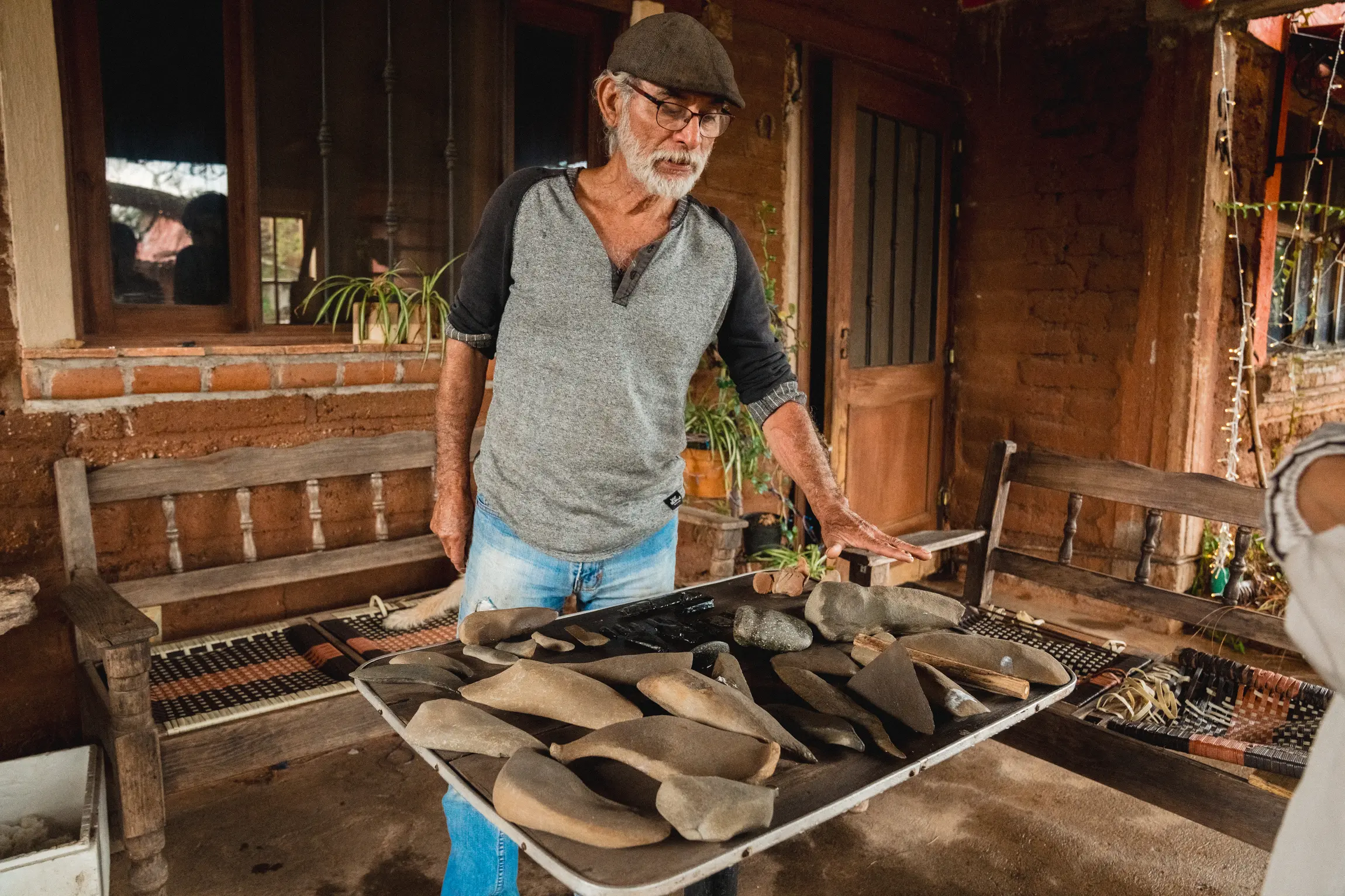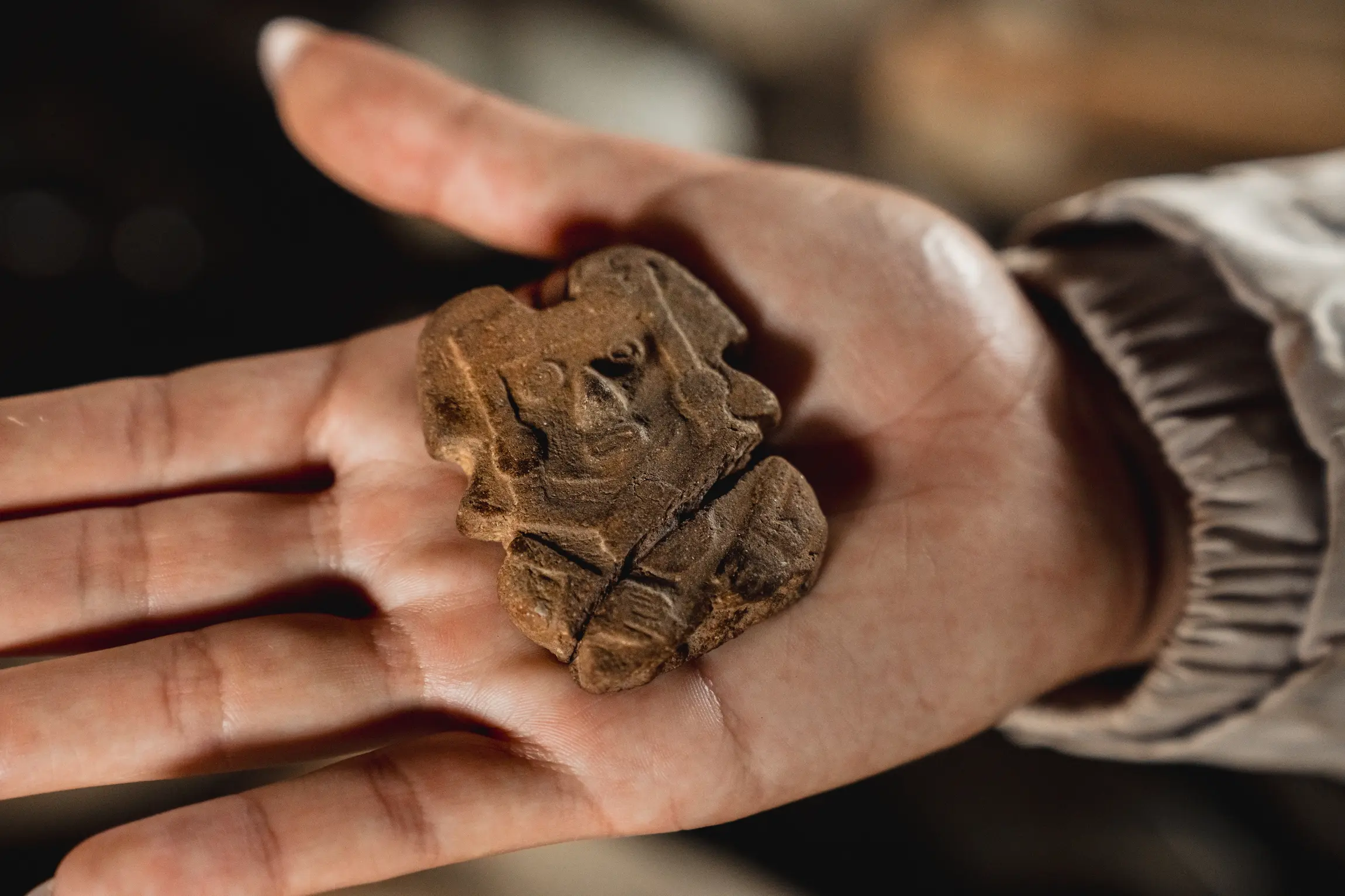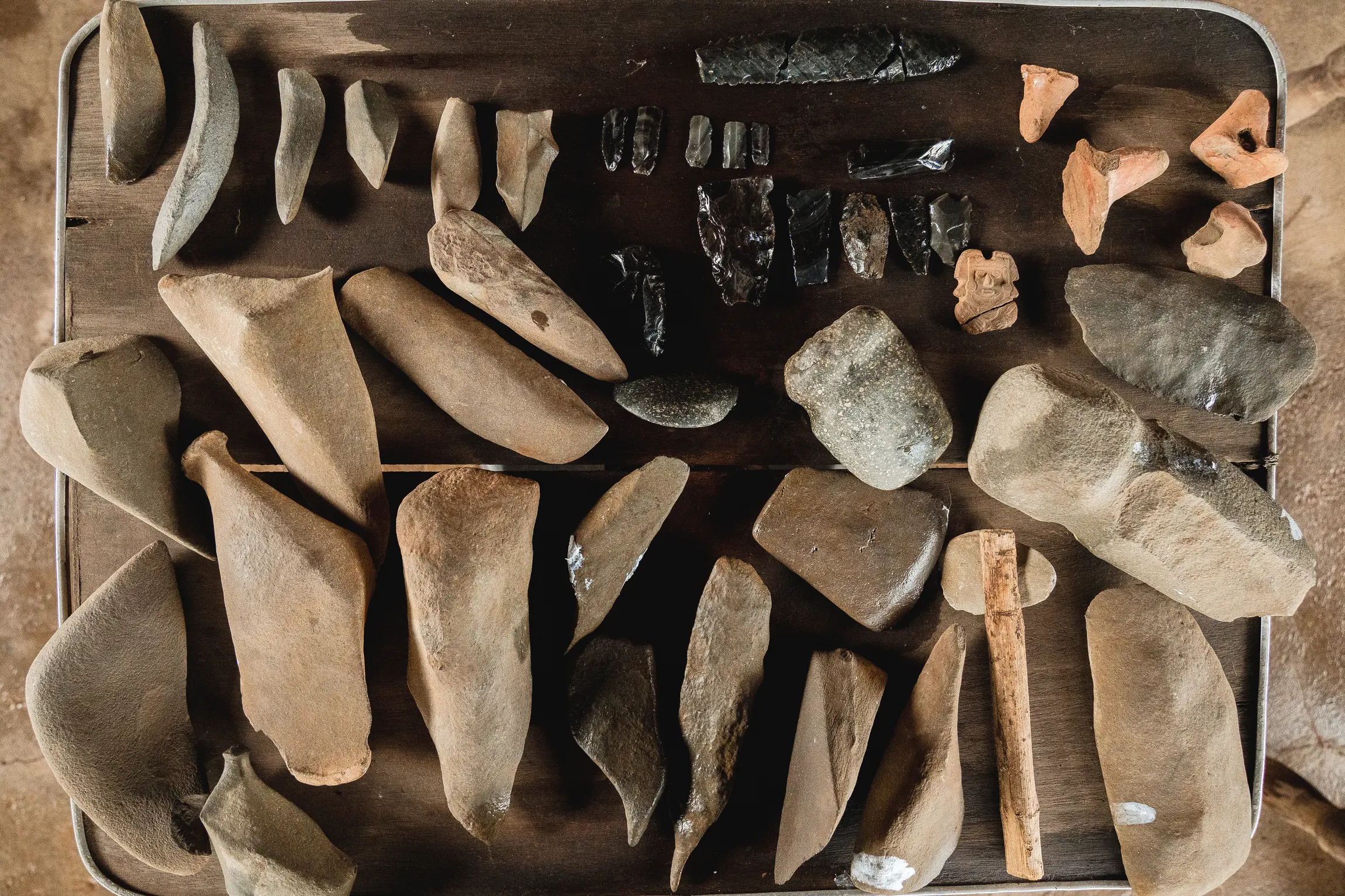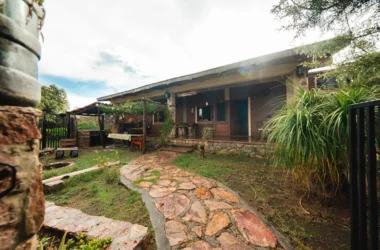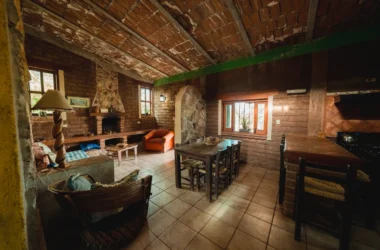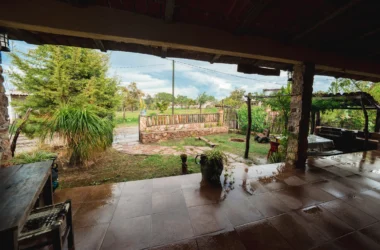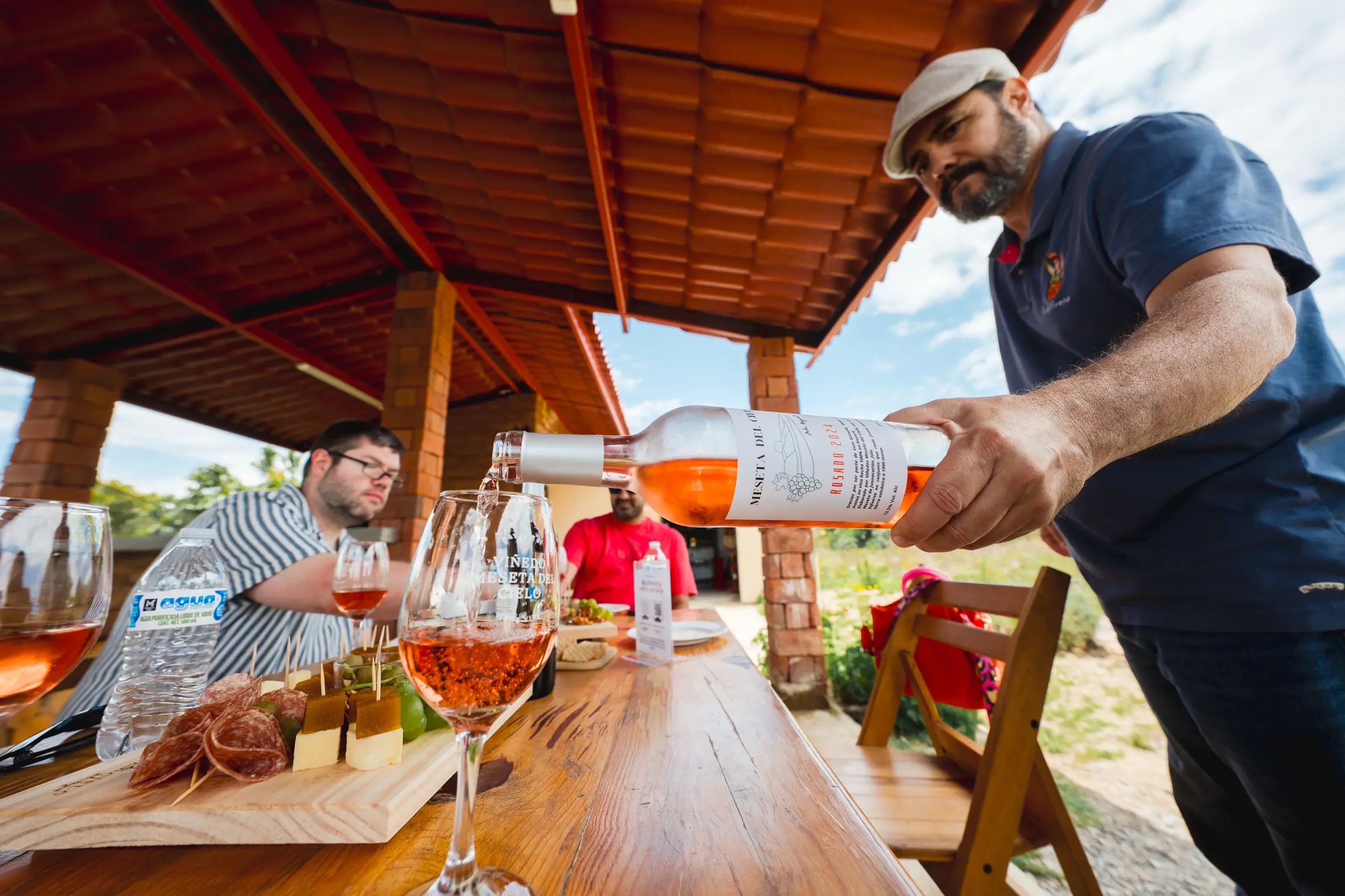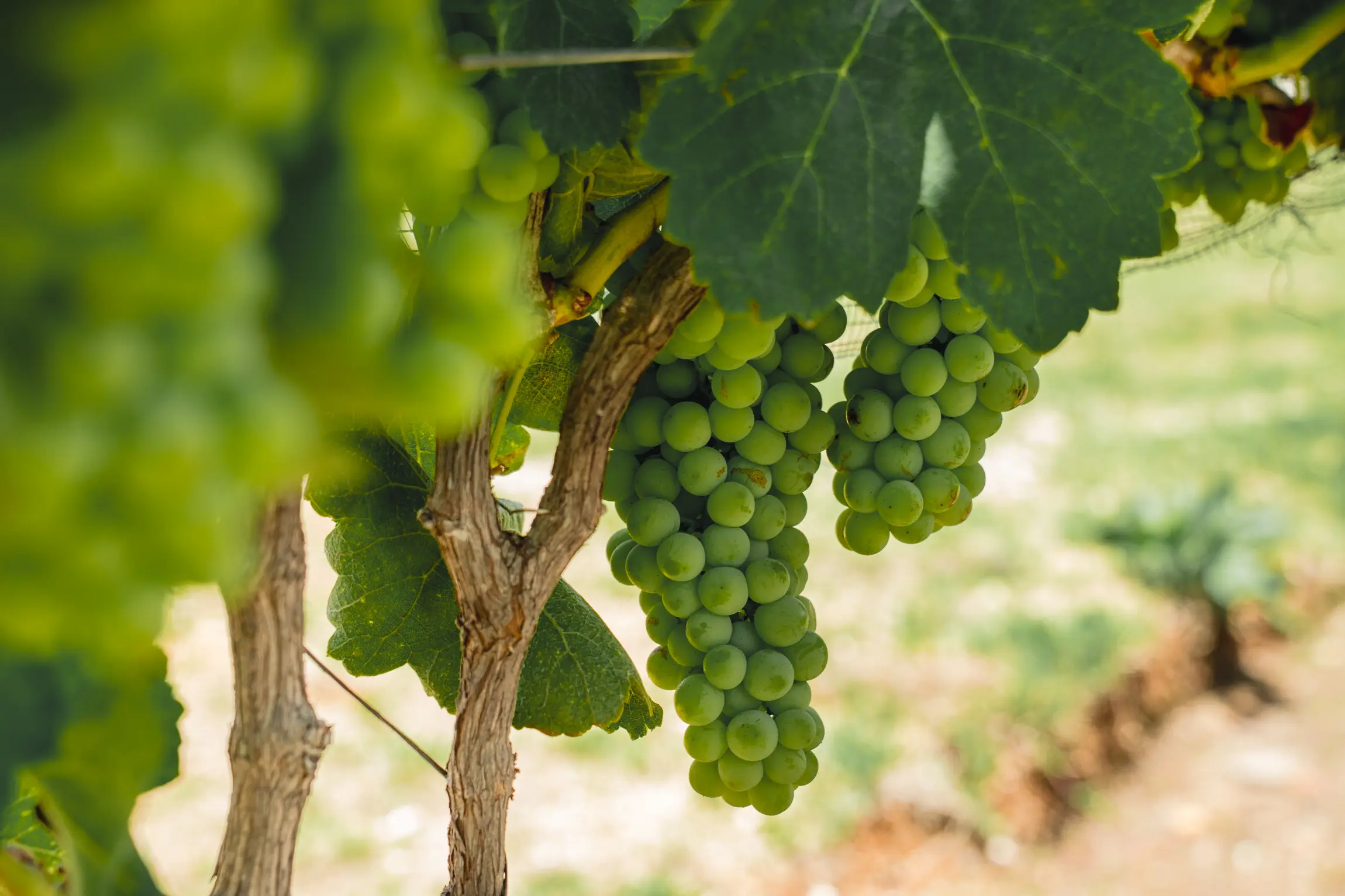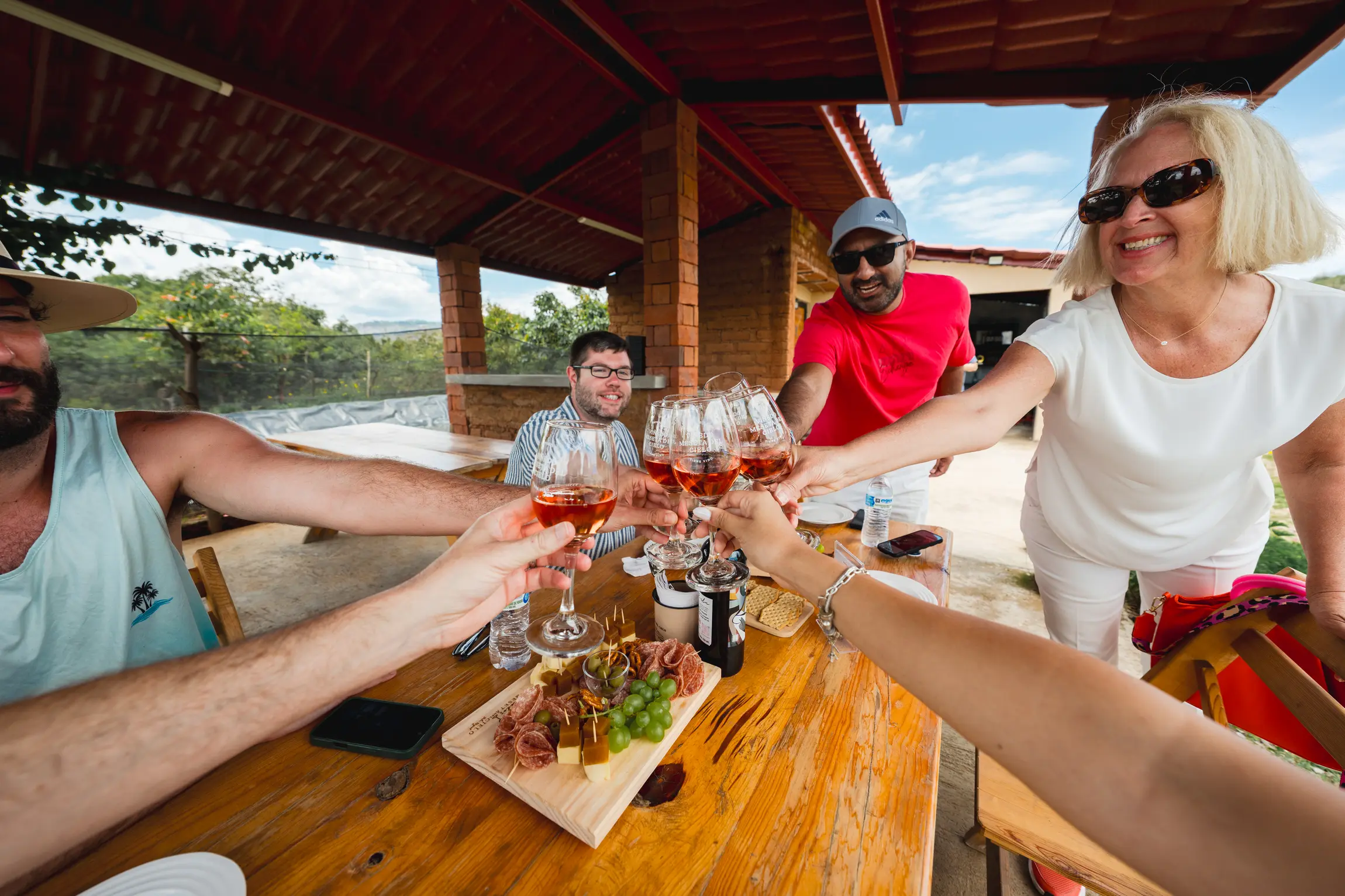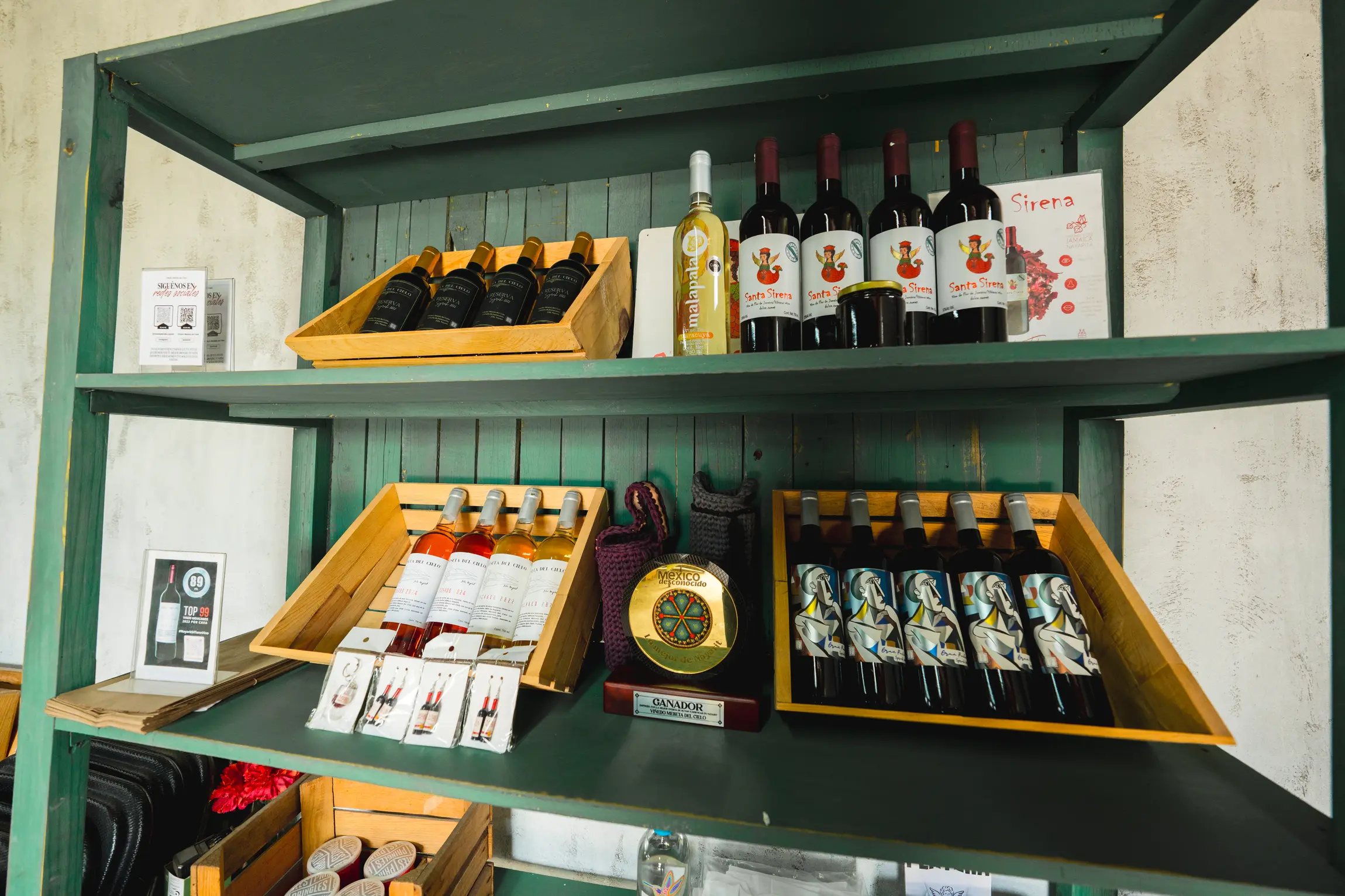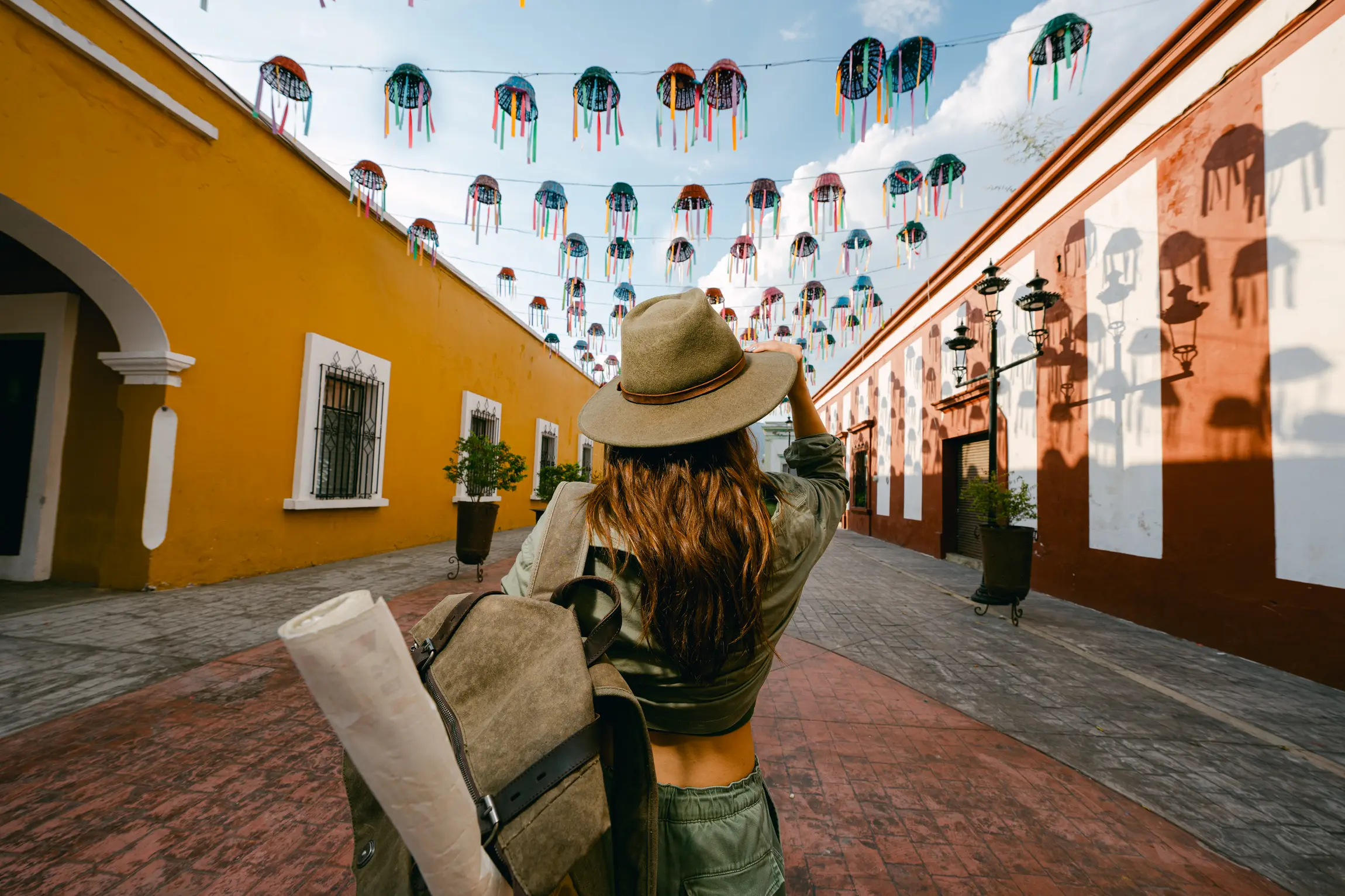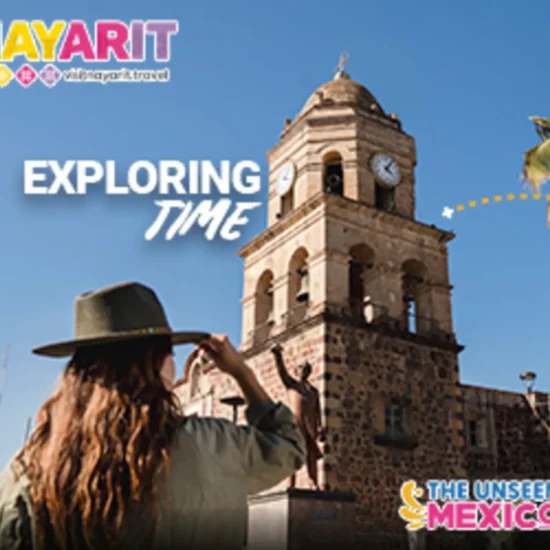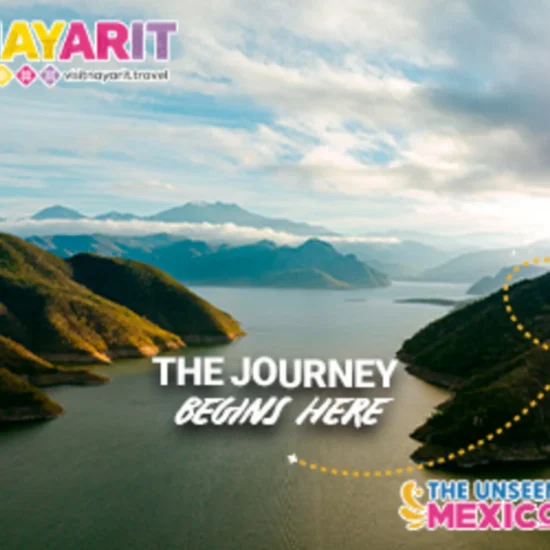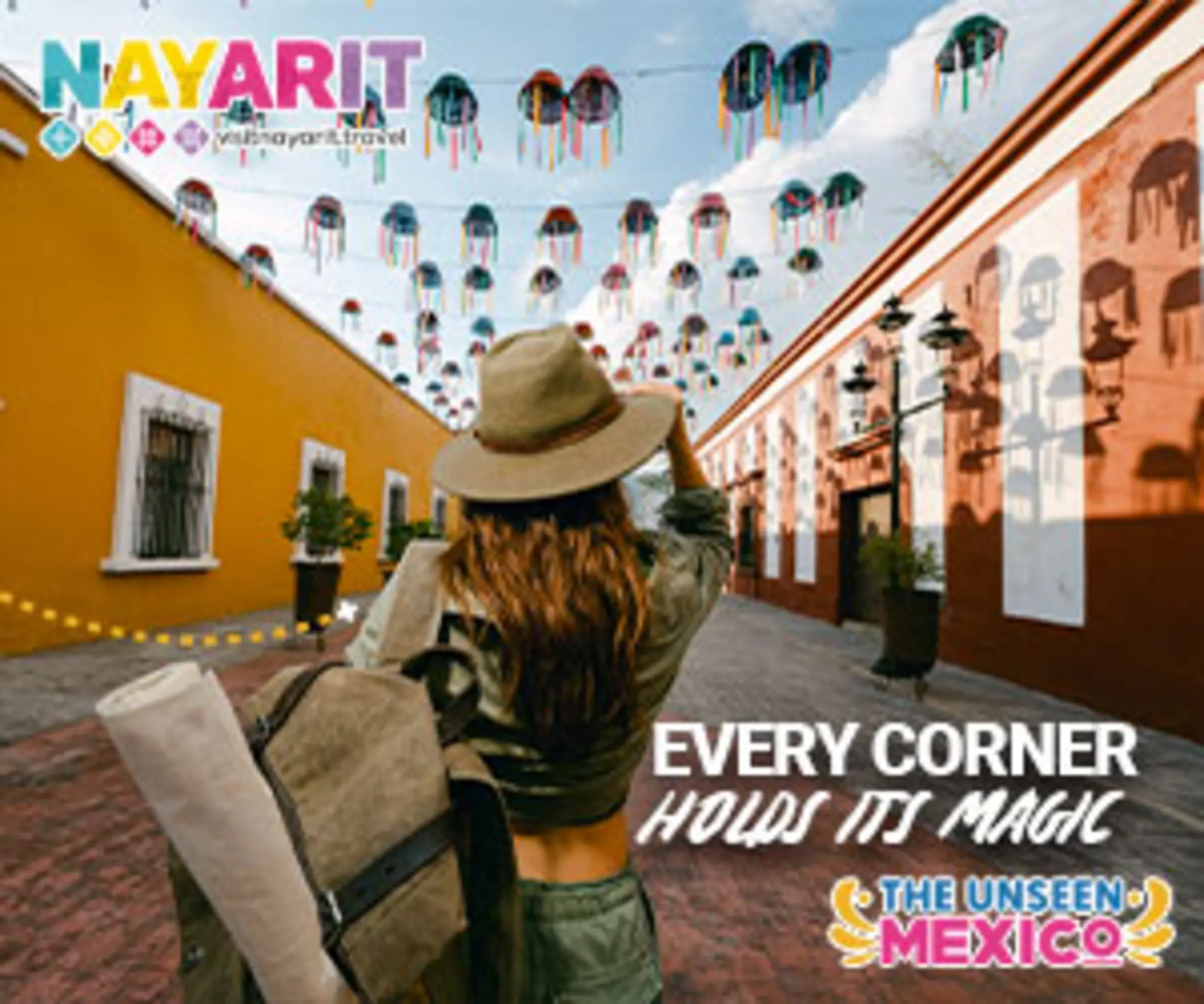
Discovering Jala, Nayarit: Between Tradition, Nature, and Gastronomy
A Traditional Morning in Jomulco
My adventure began in the community of Jomulco, a picturesque village nestled on the slopes of the imposing Ceboruco volcano. Upon arrival, the crisp mountain air and birdsong welcomed me with a serenity rarely experienced. I had breakfast at El Itacate, a local restaurant that honors the grandmothers’ cuisine: dishes made with fresh ingredients, handmade tortillas, beans straight from the pot, and molcajete salsas that evoke memories of firewood and community. I tried the delicious huevos lucero that morning. Eating there was more than a culinary experience—it was a first encounter with the welcoming essence of the town. The place is modest, but its soul is in every dish served with love and tradition.
Between Palm and Wisdom: The Art of the Chiquihuite
After breakfast, I visited Don Maxi’s chiquihuite workshop. He is a master artisan who has dedicated his life to preserving this traditional palm weaving technique. Learning to make a chiquihuite—those iconic baskets that are part of everyday life in the region—was a powerful connection to the town’s oral and manual history. With firm hands and a calm voice, Don Maxi shared secrets passed down through generations. Working with natural fibers, understanding their textures and giving them form made me appreciate even more the cultural richness hidden in the simplest objects.
Here, every braid of palm is a rural poem.
Hiking to the Magic of El Salto Waterfall
The day continued with a hike to one of Jomulco’s natural treasures: El Salto waterfall. The trail, surrounded by tall trees and earthy paths, was as revitalizing as it was challenging. The effort paid off upon arrival: the rushing water crashing down the rocks and the cool breeze created an unforgettable natural symphony. It’s the perfect place to stop, breathe deeply, and simply take it all in. For ecotourism lovers and photographers, it’s an ideal setting—each angle offering a different postcard. Don’t forget comfortable shoes, water, and a desire to disconnect from the urban world.
Lunch with Identity: Monroys Restaurant and the Giant Tostadas
With a renewed appetite, I headed to Monroys Restaurant for lunch, famous for one of the region’s iconic delicacies: the giant tostadas of Jala. Made with heirloom corn—the same variety that made Jala Corn famous, with cobs up to 60 cm long—these tostadas are a true homage to rural farming. Crispy, generous, and topped with traditional stews like ceviche, pork crackling, chicken, or beans, they represent the abundance and creativity of Nayarit’s countryside cuisine. Sitting down to enjoy one of these delights, surrounded by local families and visitors, was a celebration of simple but profound flavors.
Faith, History, and Art: Lateran Basilica and the Sacred Art Museum
With a full heart and belly, the next stop was the historic center of Jala, where the majestic Lateran Basilica of Our Lady of the Assumption stands—a 19th-century architectural jewel carved from pink quarry stone. Its neoclassical façade and impressive dome amaze every visitor. Just next door, the Sacred Art Museum holds religious artifacts, colonial art, and liturgical objects that speak to the deep devotion of the town’s people. Both spaces offer a journey through the spirituality and history that have shaped Jala’s identity for generations.

A Stylish Night of Rest: Hotel Nukari
The day ended with a delicious dinner at the restaurant inside Hotel Nukari, where each dish blends the essence of regional cuisine with contemporary techniques. This boutique hotel, located in the heart of Jala, is a gem that fuses modern comfort with design inspired by the town’s cultural identity. After dinner, I treated myself to a moment of true rest at the cozy spa—a space that invites complete relaxation with treatments based on natural ingredients, soft aromas, and ambient music that soothes body and mind. There, I enjoyed a calming massage that melted away the day’s tension. Sleeping at Nukari, in a room overlooking the hills, was the perfect closing—a haven of serenity where the mountain night’s silence became a lullaby.
After a hearty breakfast of café de olla, chicken chilaquiles, and sweet corn bread at Nukari, I headed for the Sierra of Jala—a little-explored region full of mysticism, untouched nature, and living culture. I arrived at the community of Los Aguajes, where the Manos de Viento workshop greeted me with its silent but powerful work. There, women artisans weave with pine needles, using a unique and sustainable technique to turn natural fibers into baskets, hats, and ornaments. The scent of pine, the sound of scissors snipping, and the crackle of branches in skilled hands created an immersive atmosphere that honors the forest through art.
Exploration and Legend: The Devil’s Basins (Las Tinajas del Diablo)
Accompanied by local guide Señor Martín, I ventured to one of the most mysterious and awe-inspiring sites in the region: Las Tinajas del Diablo, located in the Juanacatlán Plateau. This spot, deep in the forest, features rock formations sculpted by erosion and time that resemble massive hidden jars. Surrounded by legends and oral traditions, these formations spark imagination and respect for nature. Locals say ancestral spirits dwell there, and the energy you feel is hard to put into words. It’s an ideal site for hikers, geology enthusiasts, and those seeking deep experiences away from the noise.
Señor Martín shared some unique artifacts found nearby—I’ll show them to you later.
Among Trees and Stars: Renacimiento Cabins
On the same plateau, I had the chance to visit the Renacimiento Cabins, a group of eco-lodges perfectly integrated into the forest landscape. Surrounded by centuries-old pines, these cabins offer a retreat in full harmony with nature. With solar panels, dry toilets, and handmade furniture, they embody a sustainable tourism model that invites reconnection with what truly matters. Though I only stopped by briefly, I promised myself I’d return to spend a night under the stars and the lullaby of crickets.
Golden Finale: Meseta del Cielo Vineyard and Sensory Tasting
The journey ended at the majestic Meseta del Cielo Vineyard, the first of its kind in Nayarit, located over 1,900 meters above sea level. Volcanic soils, mountain climate, and an innovative vision have produced labels like Syrah, Malbec, and Macabeo—already favorites among national wine experts. I took part in a guided tasting with their team, exploring wines from rosé to a special hibiscus wine called Santa Sirena—refreshing and perfect for tropical climates.
The views of the vineyard, with Ceboruco volcano in the background, and the warmth of the people made this a true celebration of flavor and landscape.
Final Reflection: A Journey That Stays
Exploring Jala and its surroundings wasn’t just a tourist experience—it was an emotional and sensory journey that connected me to the land, history, and people. Every place I visited—from a homemade breakfast in Jomulco to the majestic silence of the mountains—revealed a different face of Nayarit: vibrant, authentic, and deeply human.
In Jala, time slows down, and memory fills with textures, aromas, and landscapes that stay long after you return. More than a destination, it’s an encounter with the essential. A place you’ll undoubtedly want to return to—again and again.
By Charlie travels
Kilometro a Kilometro
- Start: Municipal Seat of Jala
- Breakfast at El Itacate, in the community of Jomulco.
- From Jala to Jomulco
- Visit to Don Maxi’s chiquihuite basketry workshop.
- From the Workshop to El Salto Waterfall
- Hike to the waterfall.
- From El Salto to Monroys Restaurant
- Lunch at Monroys, known for its famous giant tostadas made from local heirloom corn.
- Cultural Stroll in the Town Center
- Visit the Lateran Basilica and the Sacred Art Museum.
- Hotel Nukari
- Dinner with local contemporary cuisine, spa relaxation, and overnight stay.
- Day 2 – Breakfast and the Sierra de Jala
- Manos de Viento workshop – pine needle weaving.
- Juanacatlán Plateau – The Devil’s Basins
- Guided walk (with Señor Martín) through rugged rock formations and local legends.
- Renacimiento Cabins
- Explore these eco-lodges integrated into the forest.
- Meseta del Cielo Vineyard
- Wine tasting and tour through the vineyard rows, with views of the Ceboruco volcano.




